Diving in Lombok
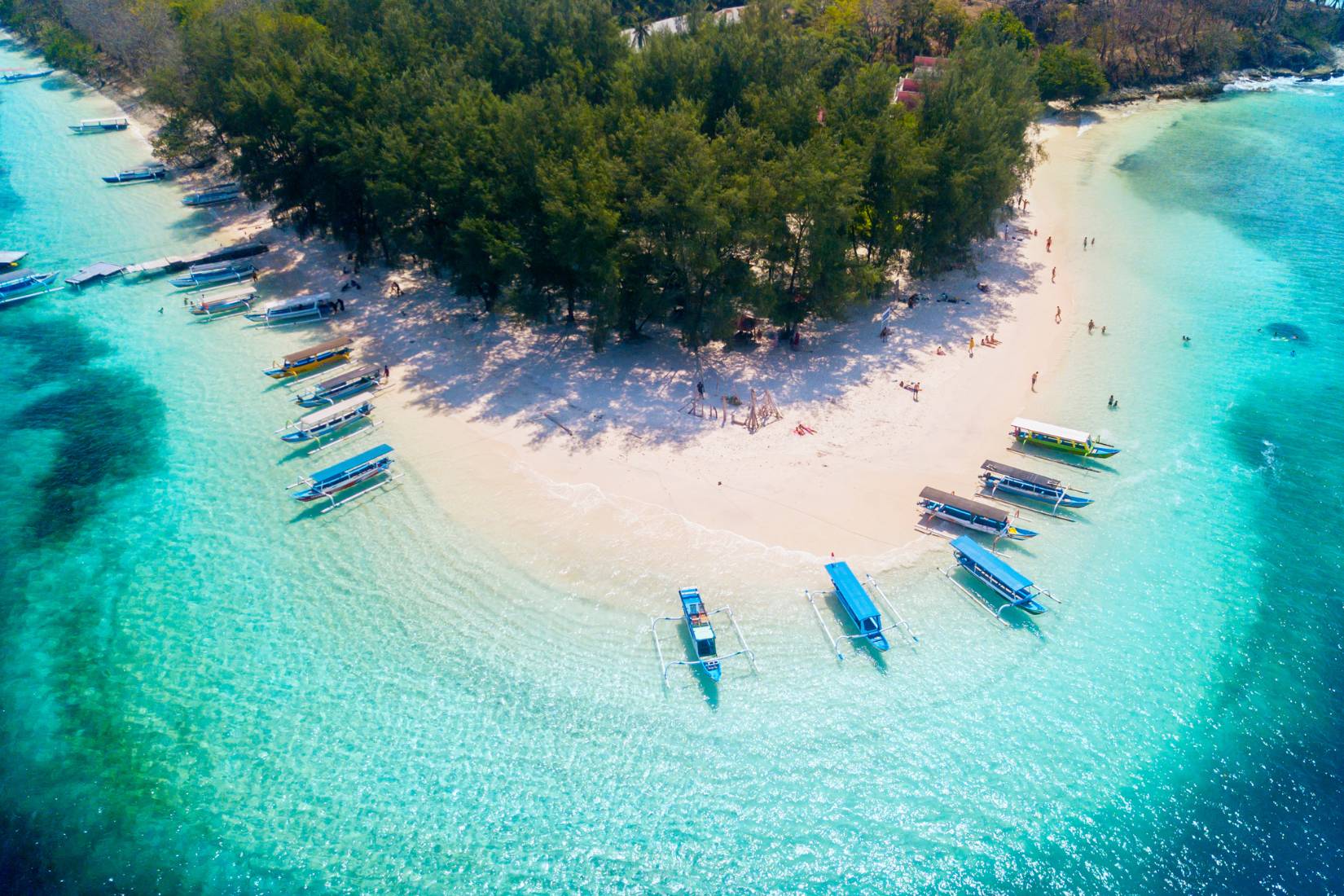
Special and Private Service
Lombok gives you exclusive access to amazing ocean life without the crowds. Unlike Bali, where many divers go, Lombok offers private moments with manta rays. Guests say diving here is like swimming in a private aquarium. The Lombok diving season is all year, bit the best one comes in busy months (April-October).
Types of diving in Lombok
- Drift Diving
- Reef Diving
- Ocean Diving
- Wall Diving
Plan your next underwater escape with these top dive locations
From drift dives to coral corridors, Lombok offers endless underwater adventures for divers of all levels. Our team picks the best spots, like Shark Point, where you can see reef sharks and jackfish. Meno Wall is perfect for those who want to see green sea turtles in clear waters.
Three tips for diving in lombok
- Book early-morning slots at Shark Point for the best view
- Use reef-friendly sunscreen to protect Meno Wall’s corals
- Ask for our current charts to find the right site for your skill
Everything you need to know before diving in Lombok
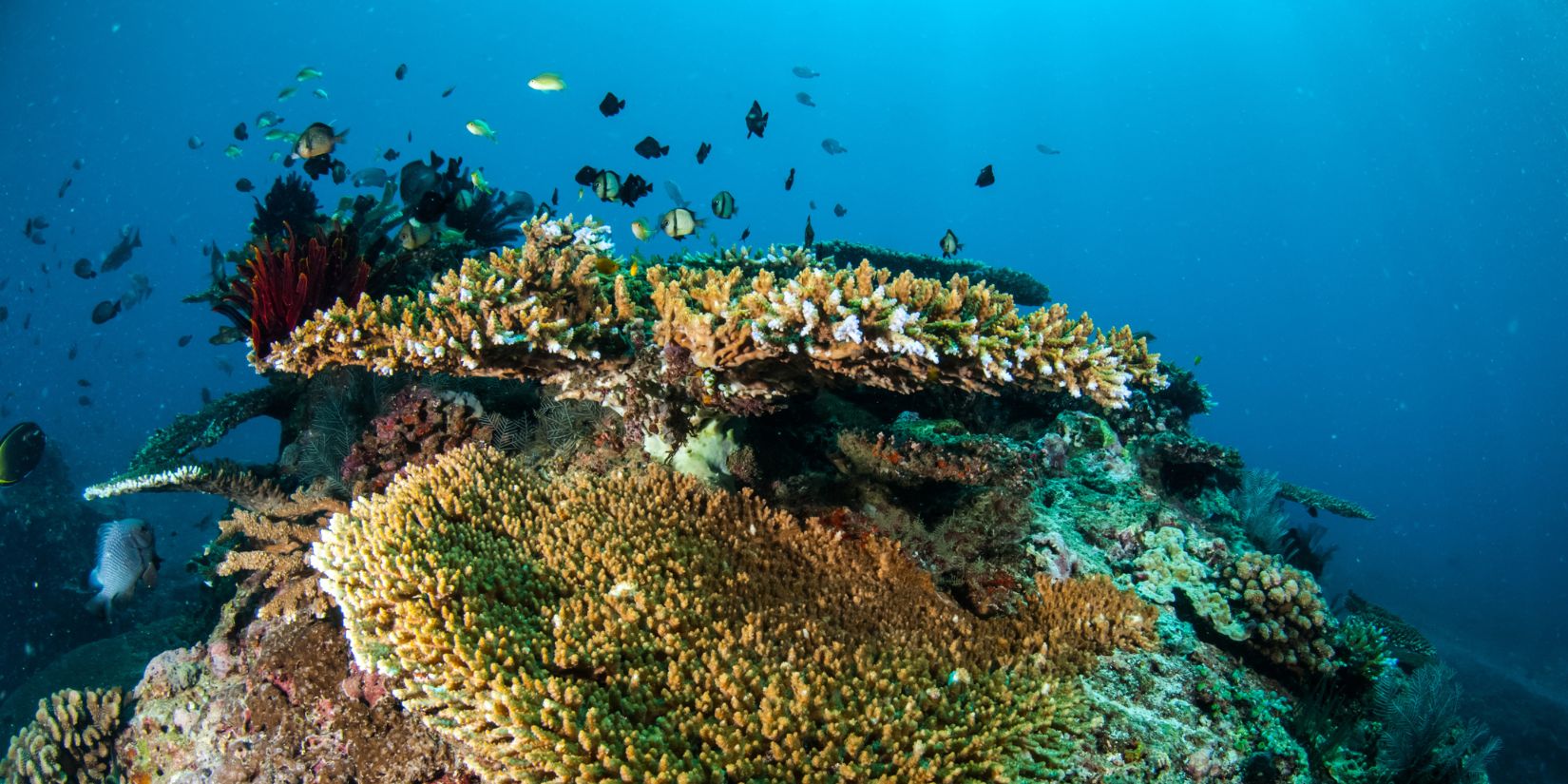
Hammerhead sightings during migration seasons (March-June) are a big thrill. Marine biologist Dr. Aulia Rahmansyah says:
“Lombok’s table coral formations act as living apartment complexes – each crevice houses distinct species coexisting in perfect harmony.”
Get ready to meet Lombok's most charming sea creatures. We often see:
- Marble rays gliding like underwater kites
- Psychedelic nudibranchs decorating coral gardens
- Seven shark species patrolling coral highways
We plan dives with Lombok's natural flow:
- Factor: Visibility
- Range:26–30°C
- Prime Seasaon: Year-round
- Factor: Water Temp
- Range: 26-30
- Prime Seasaon: July-October
A serene base for diving, snorkeling, and seaside exploring
Kuta Lombok is known for its surfing, but it’s also a paradise for scuba diving and free diving. Here, volcanic landscapes meet colorful sea life, making it a top spot for diving enthusiasts.
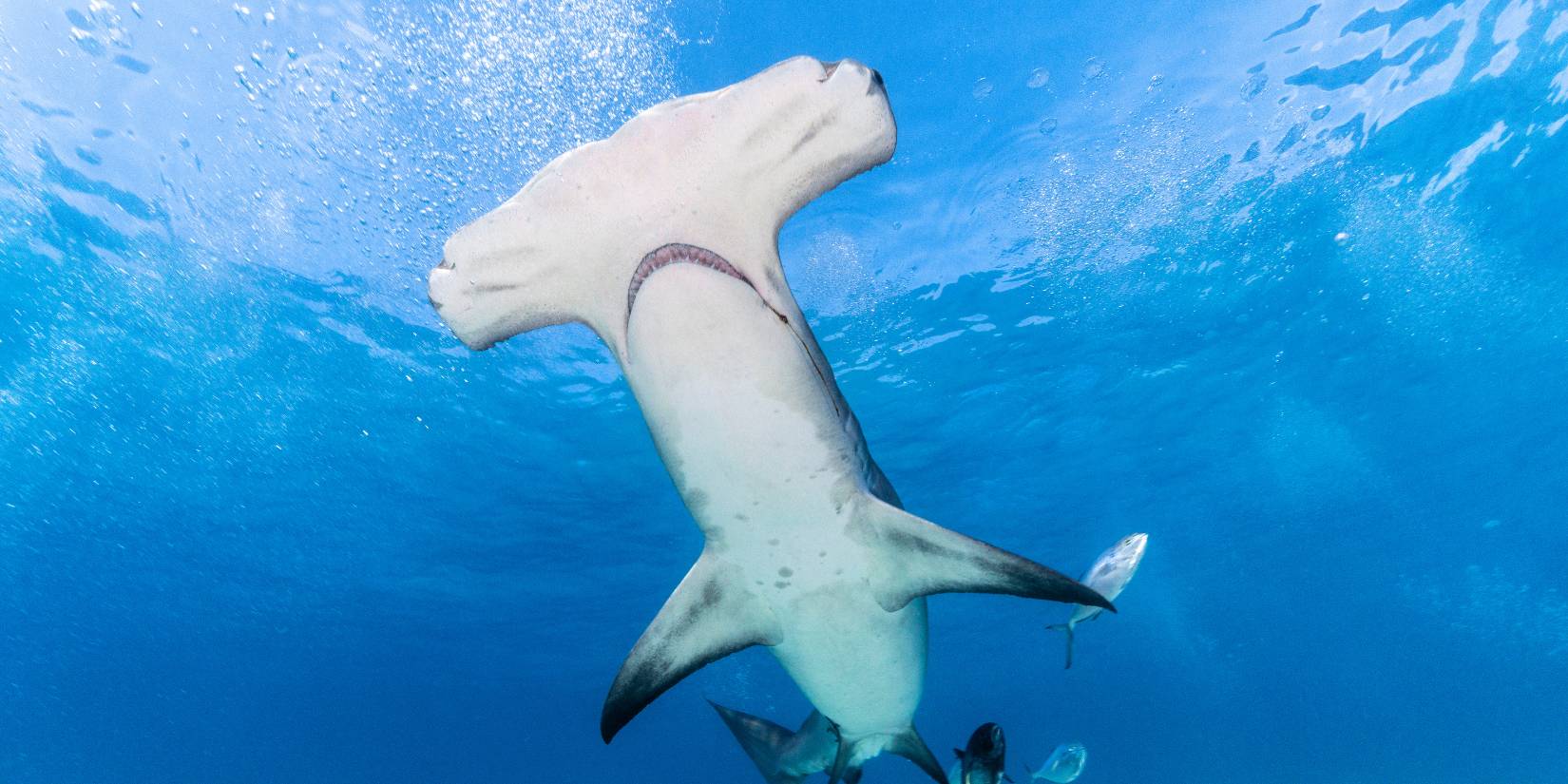
Dive Site
At Gili Medas, you’ll find underwater canyons illuminated by shimmering daylight. These canyons are home to bumphead parrotfish. Our guides will take you through these tunnels, showing you trumpetfish and young reef sharks. After diving, enjoy fresh coconuts and traditional jamu tonics. The resort staff will prepare these for you.
Types of dives:
- Reef

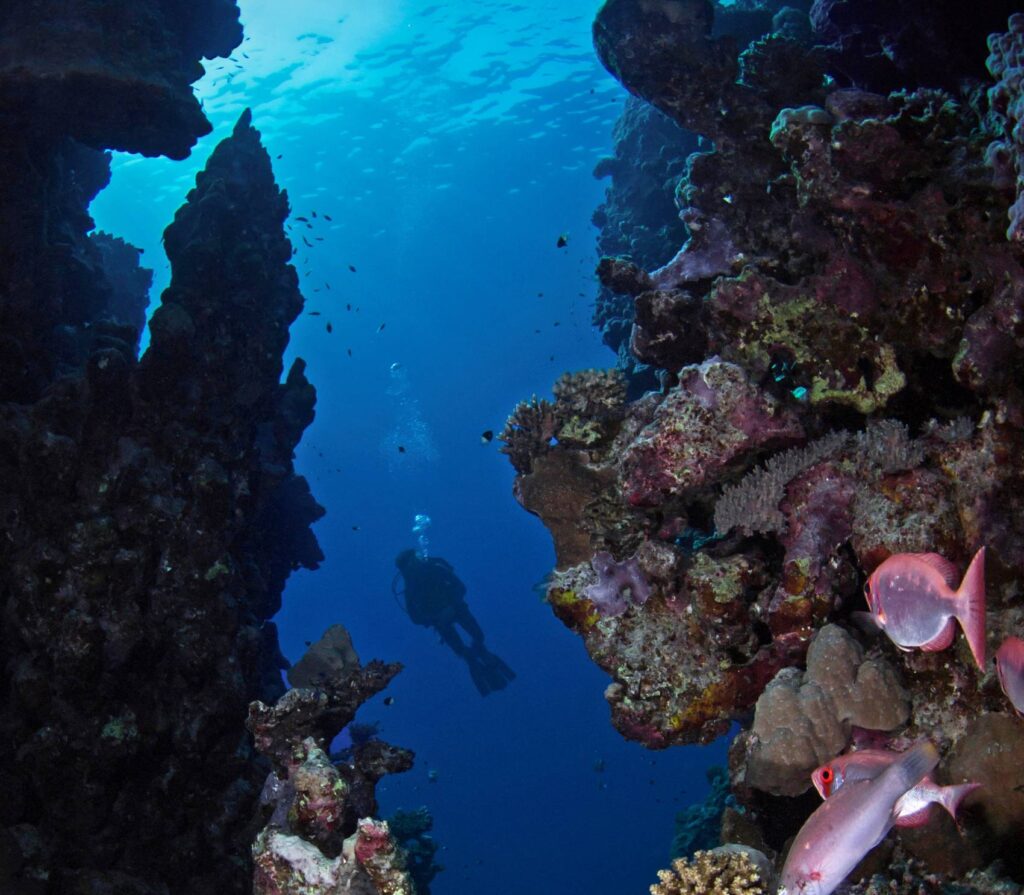
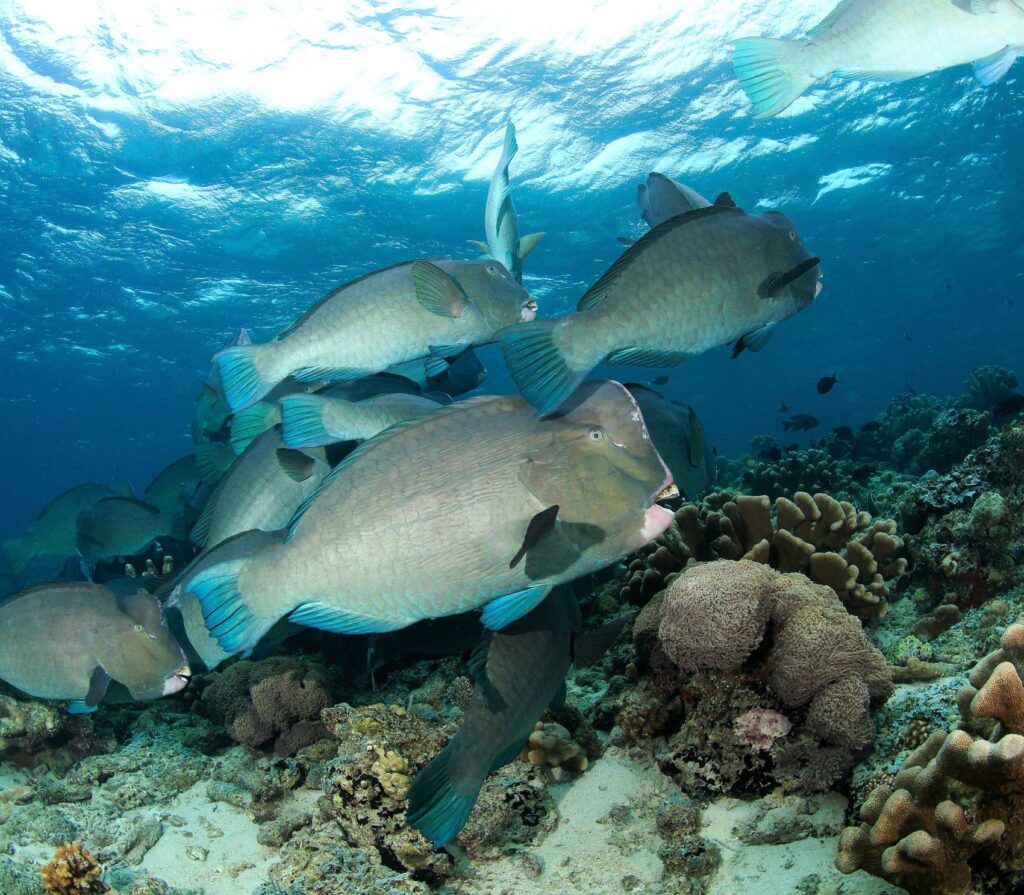
Dive Site
The Labyrinth is for the more experienced divers. It’s a network of lava tubes filled with soft corals. You’ll see batfish and sometimes manta rays. We plan dives when the tide is right. This way, you can safely explore this underwater wonder.
Types of dives:
- Drift
- Reef
- Ocean
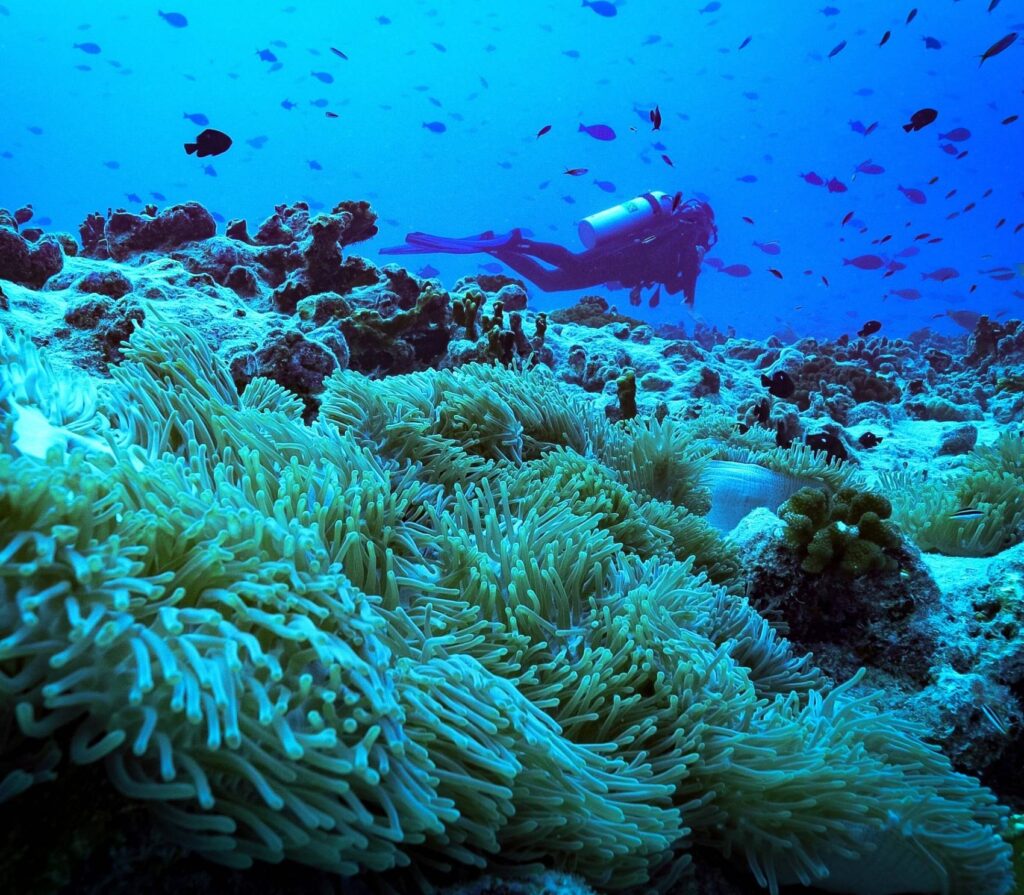
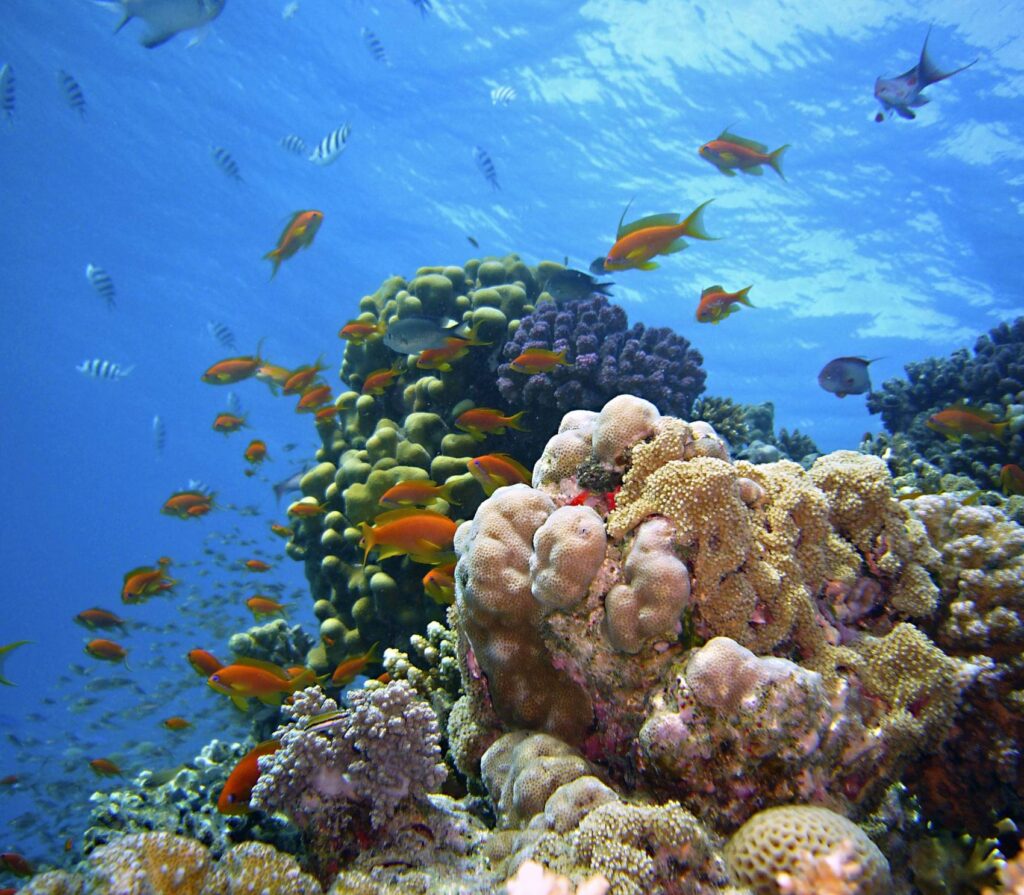
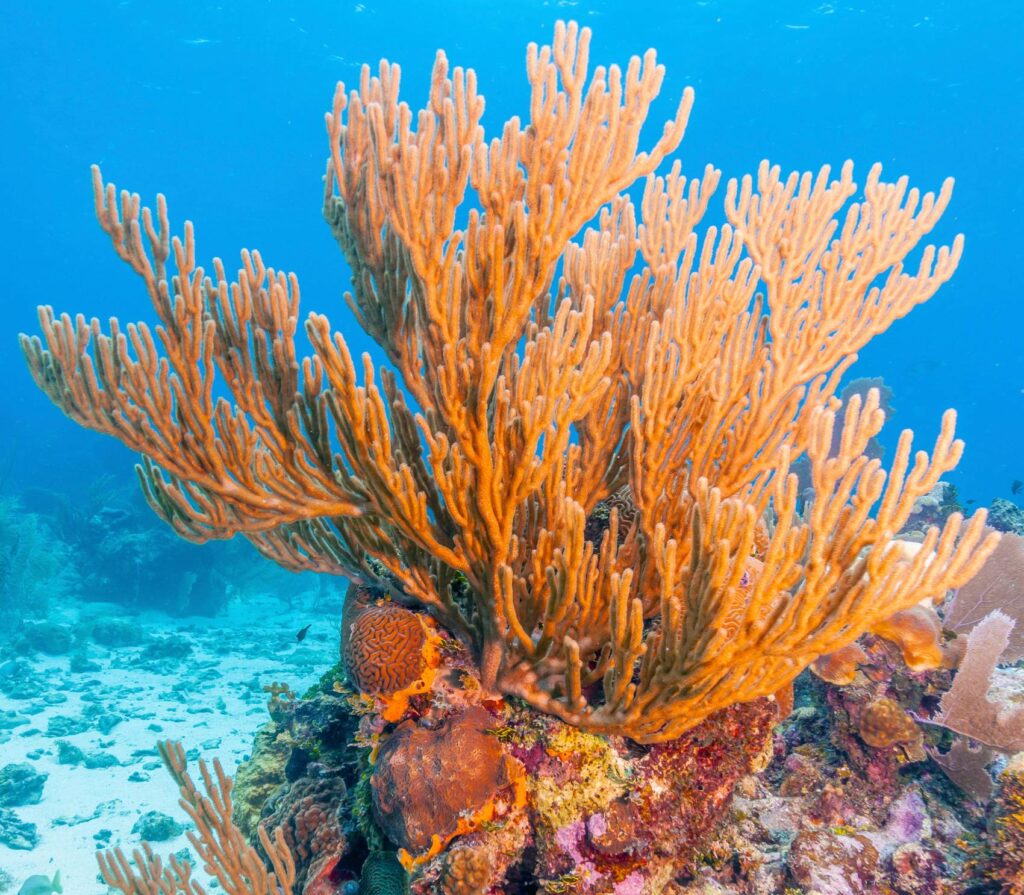
A hidden dive haven for those seeking quiet exploration
Most divers head to Lombok’s famous Gilis, but Gili Asahan is a hidden gem. It offers untouched reefs and stunning underwater views. This island is a crescent shape, hiding dive sites where volcanic rocks meet beautiful oceanic creatures.
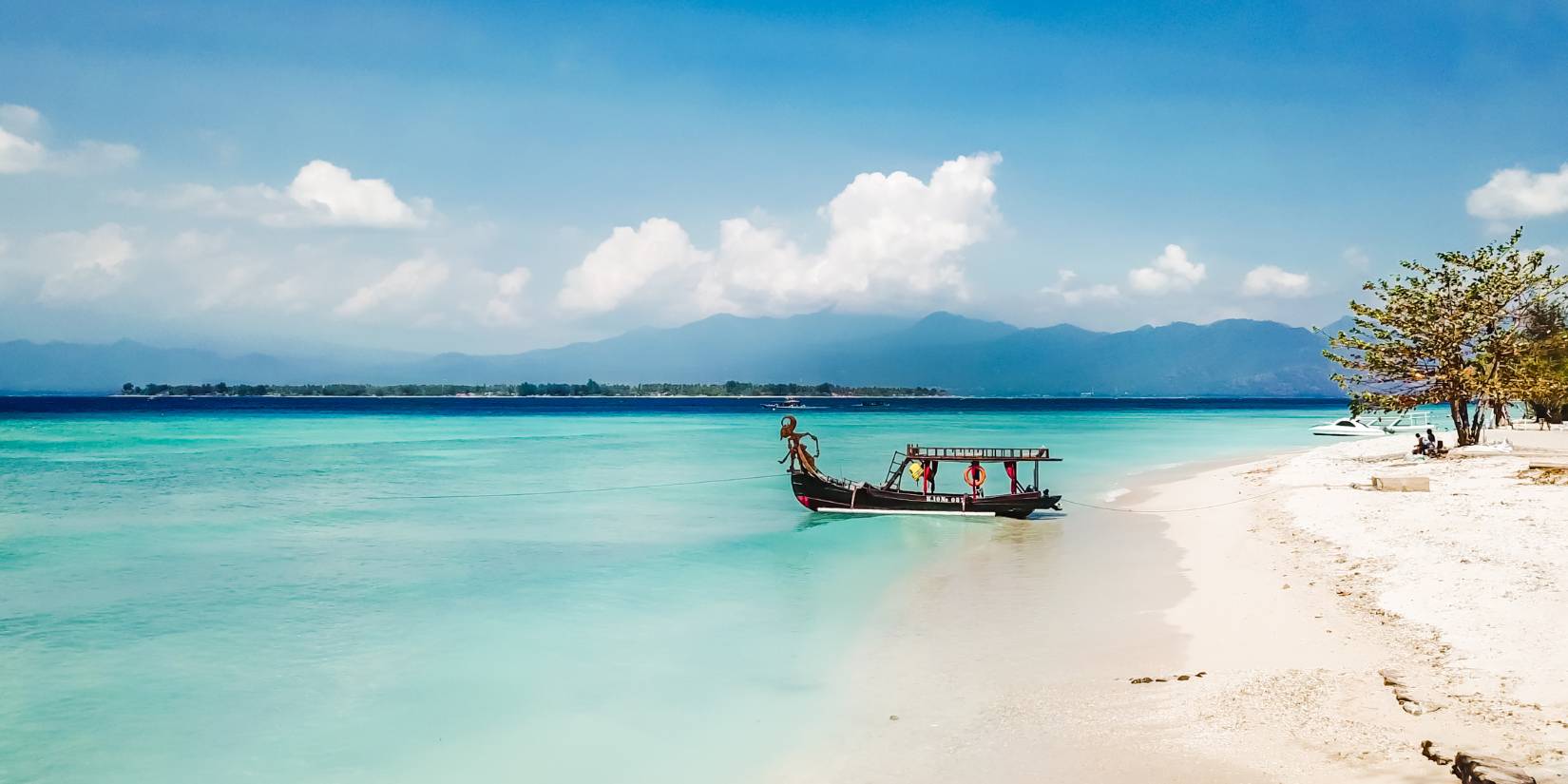
Dive Site
At Batu Belandra, drift through coral canyons lit by sunlight. These crevices are home to garden eels. The “Spinney Ridge” area is perfect for muck diving, where you can see rhinopias and scorpionfish. Local guides suggest diving here from November to April for the best conditions. It’s important to control your buoyancy to protect the coral.
Types of dives:
- Reef
- Ocean
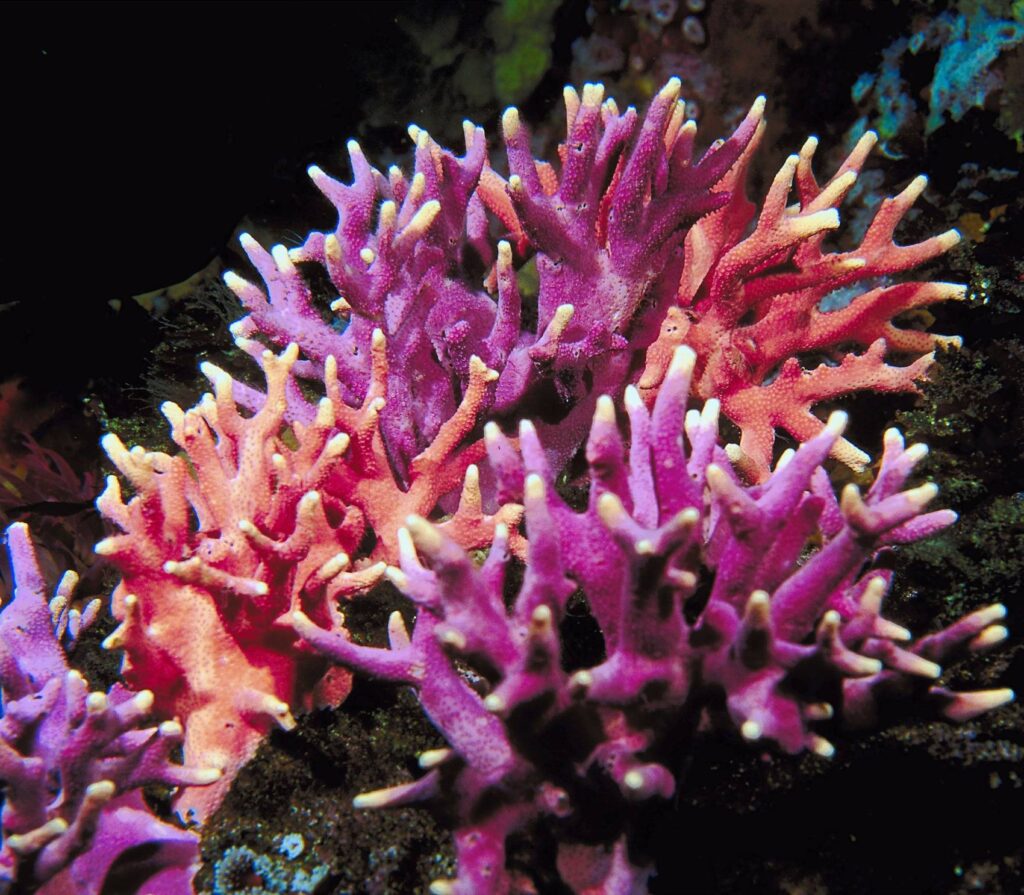
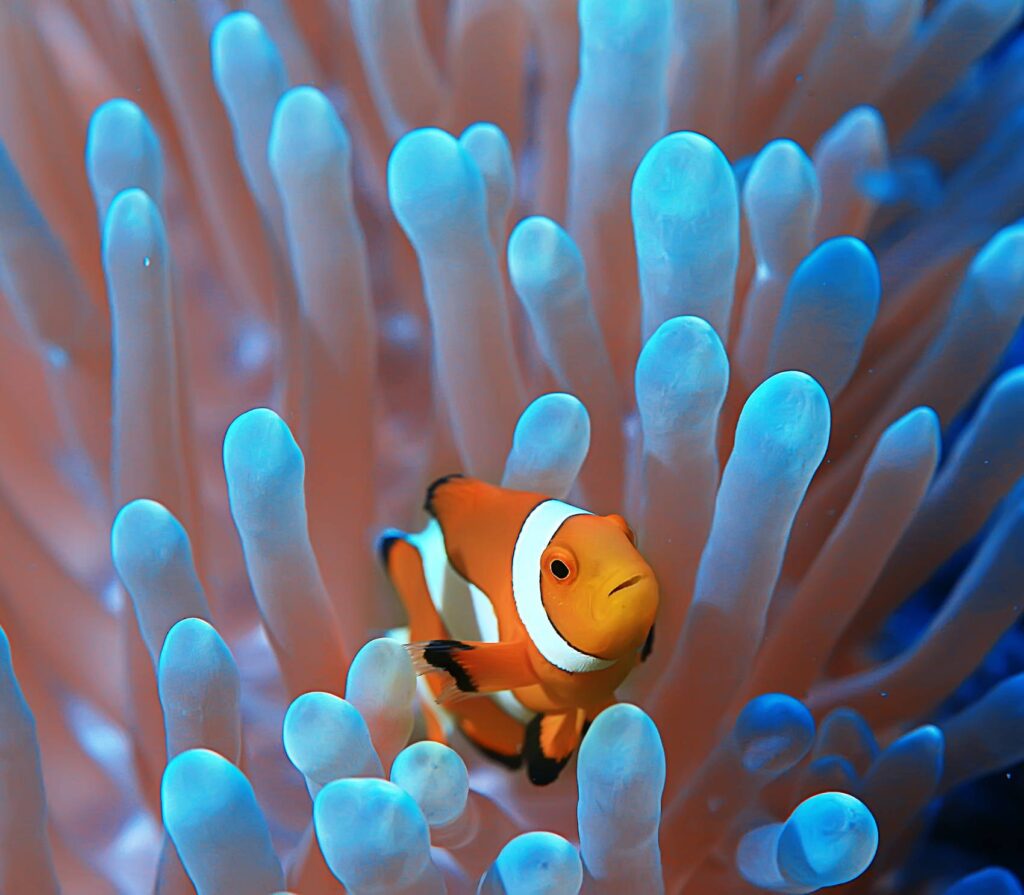
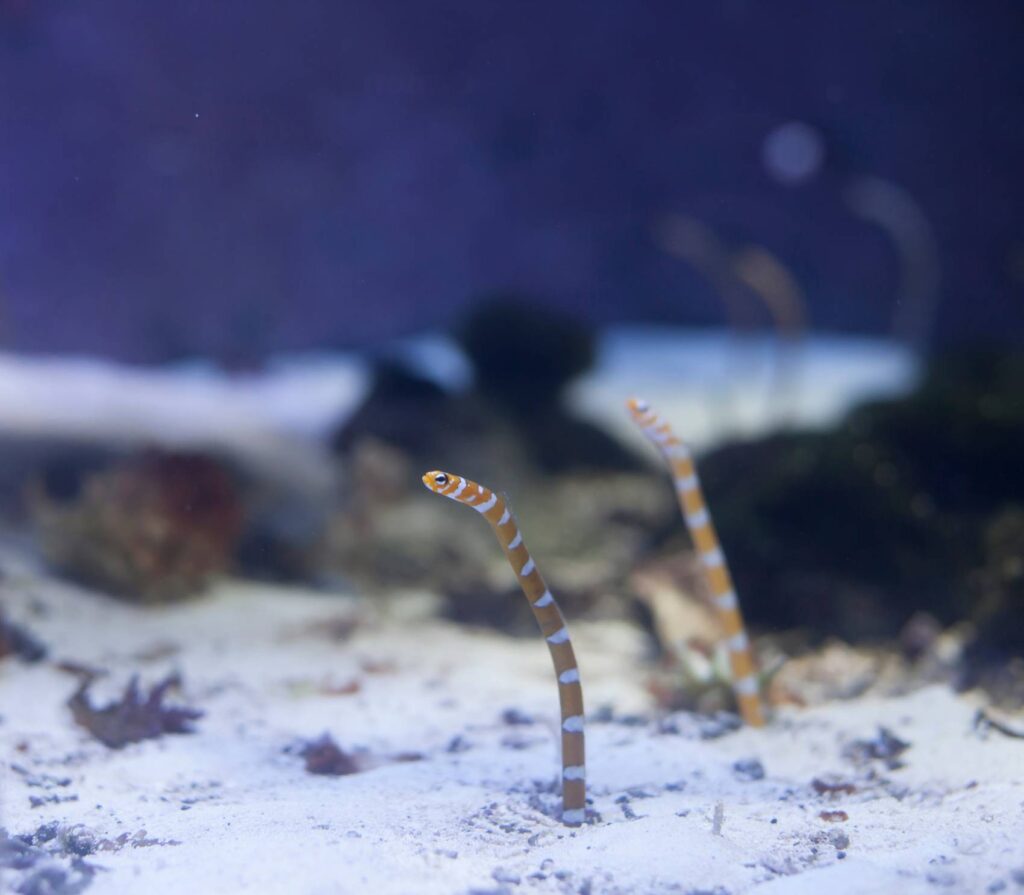
Dive Site
The island’s namesake site has shallow reefs for snorkeling and deeper walls for bigger fish. Dive within the marine reserve to protect coral. Mid-morning is best for seeing hawksbill turtles at 12 meters.
Types of dives:
- Drift
- Reef
- Ocean
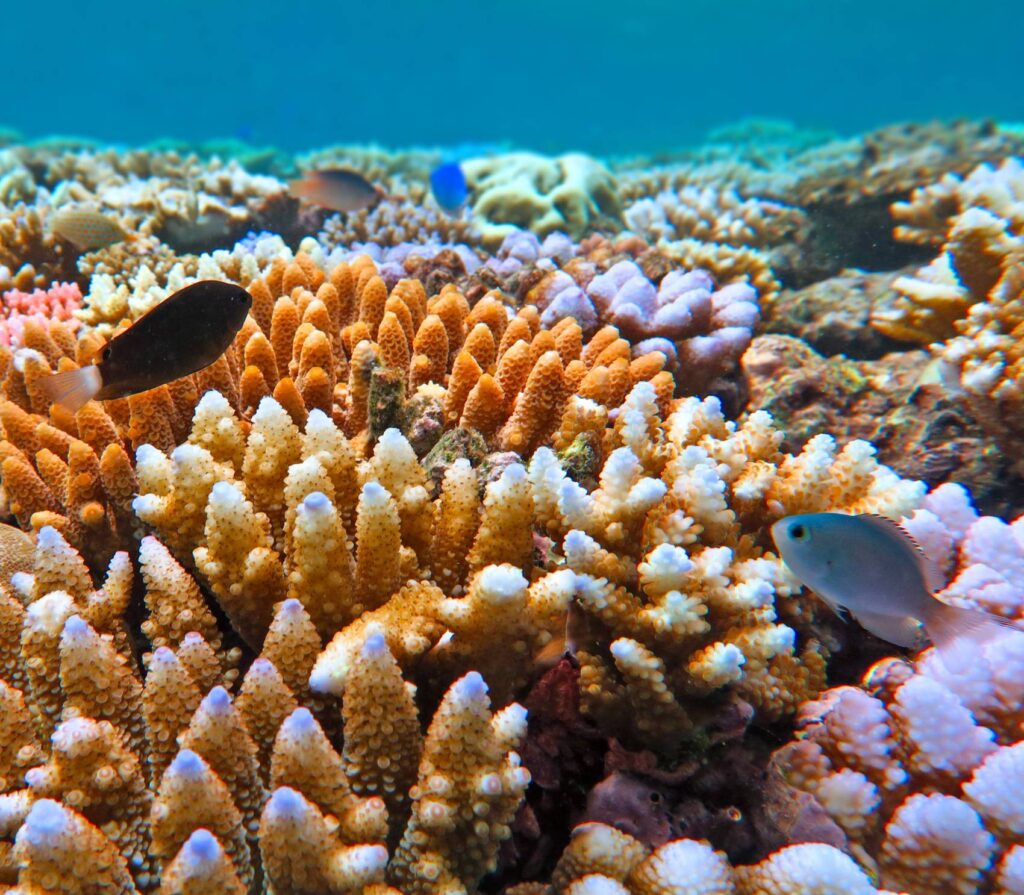
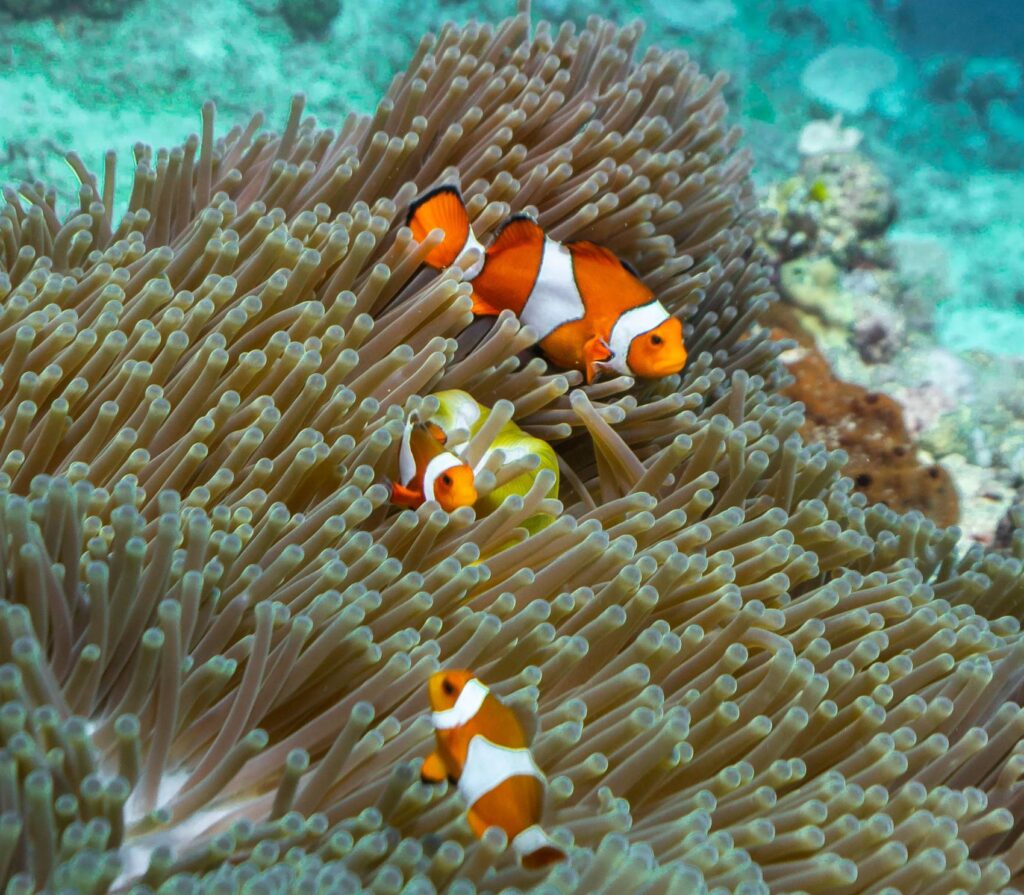
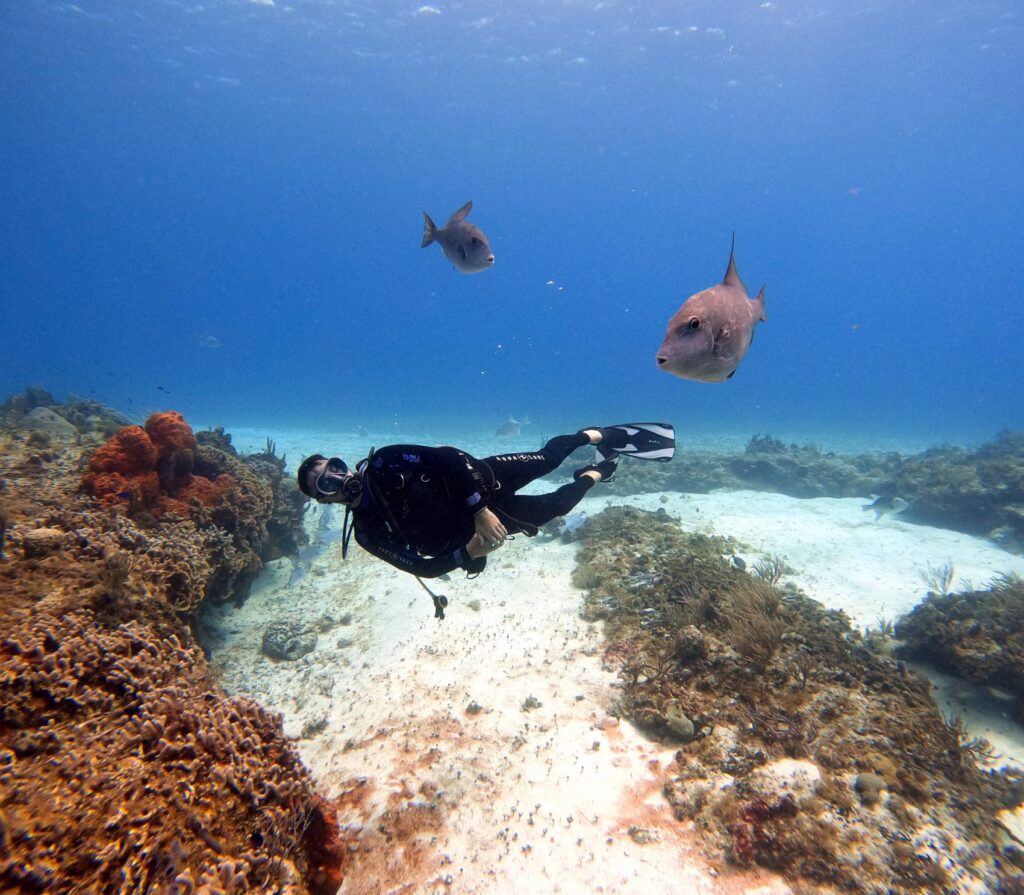
Dive Site
A dramatic 50-meter underwater pinnacle, Jay’s Cathedral draws hammerhead sharks in summer, earning it the nickname “Hiu Hallway.” This advanced site requires AOWD and deep dive certification. Dive master Made notes that cold currents bring predators close to the walls. After diving, snorkel Asahan’s eastern side to see parrotfish in shallow coral gardens, and use local maps to find safe mooring spots.
Types of dives:
- Reef
- Ocean
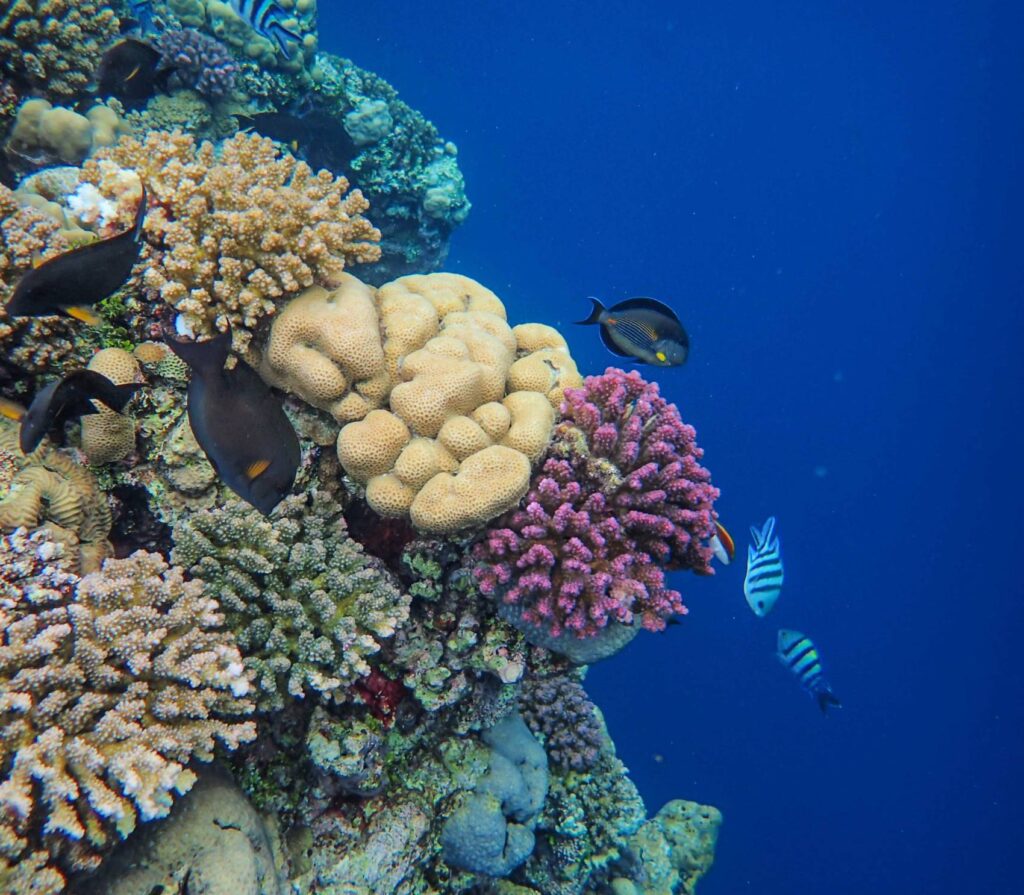
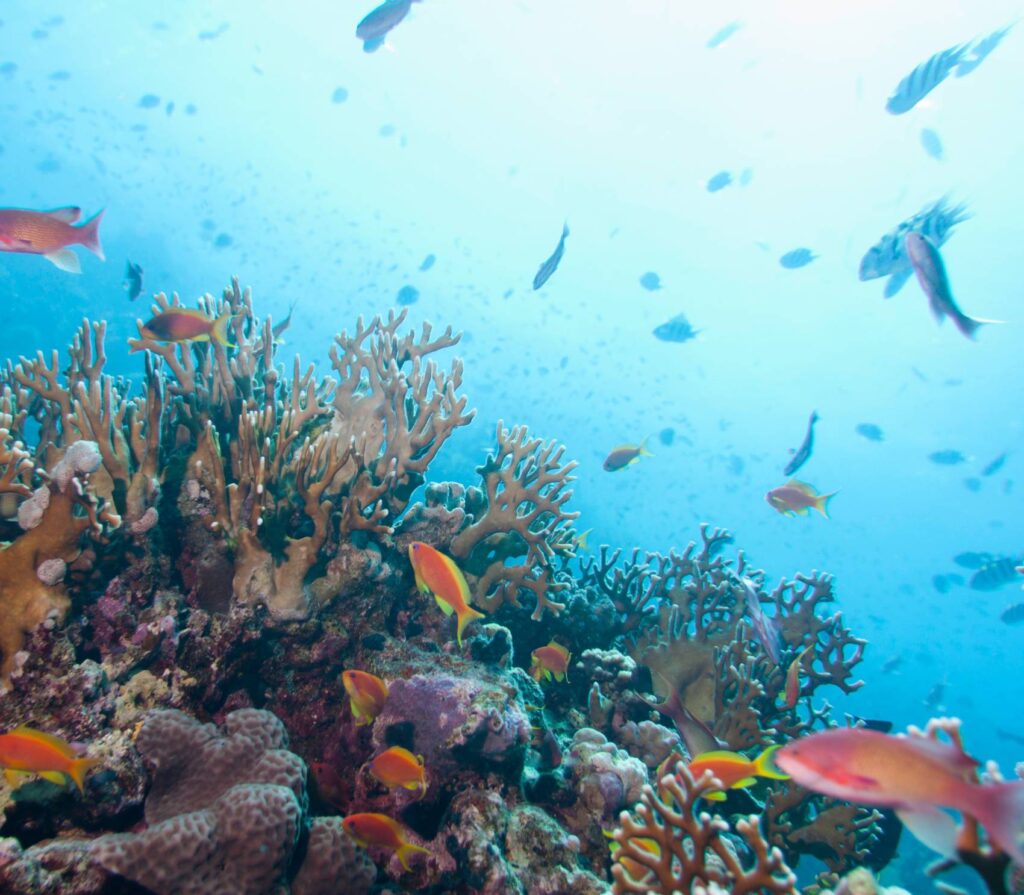
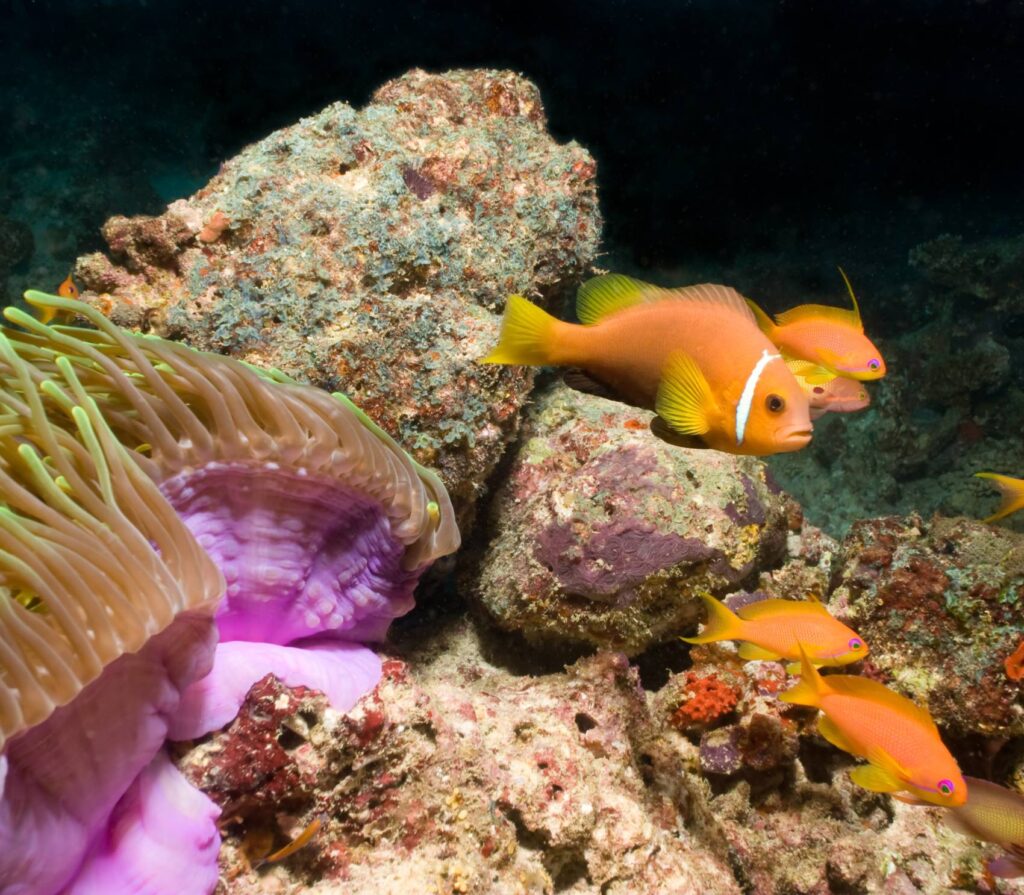
Gentle currents, colorful reefs, and beginner-friendly dives
Gili Rengit lies east of Lombok’s mainland. Gili Rengit lies east of Lombok’s mainland, offering dramatic underwater walls sculpted by ocean currents and thriving coral gardens teeming with unique marine species.

Drift Diving Dynamo
Advanced free diving is a thrill at Wave Corner. Fast currents take you past coral walls filled with fish. Depths range from 12m to 30m, ideal for those who love speed. Look out for eagle rays gliding in the blue. They’re common here.
Types of dives:
- Reef
- Drift
- Ocean

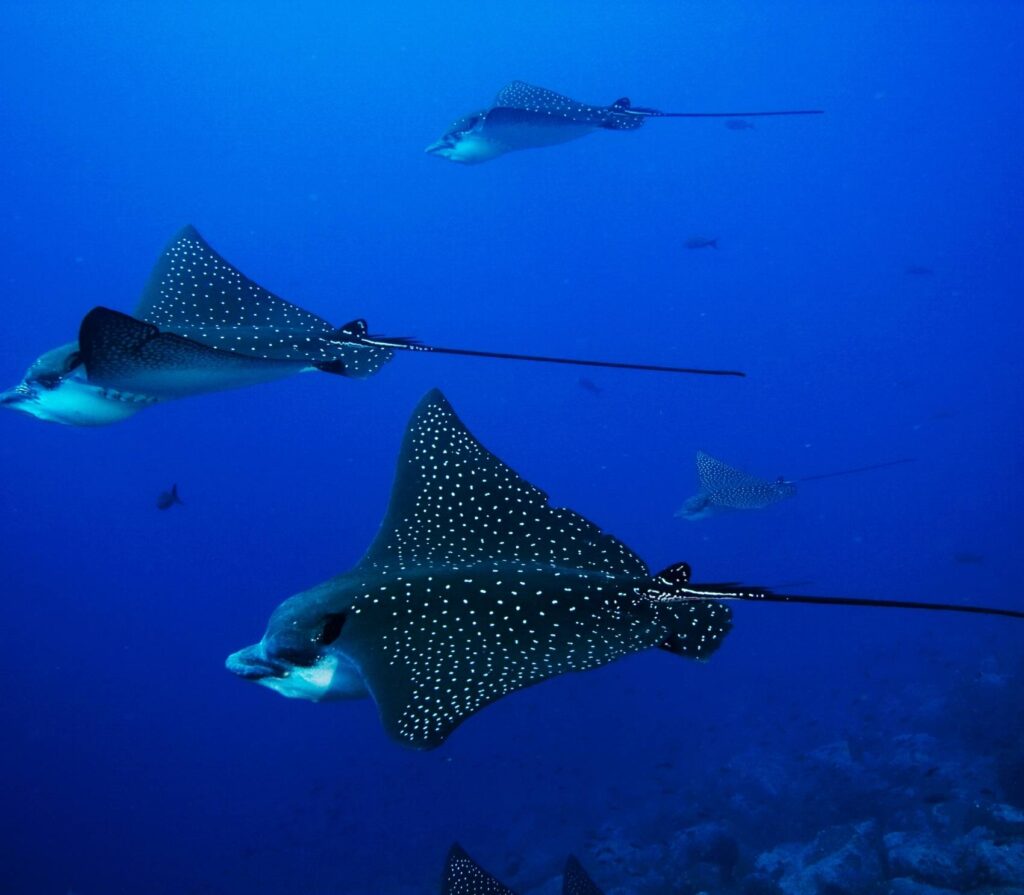

Shark Patrol Central
At 18m, you’ll see white tip reef sharks in sandy “aquatic highways” with sea fans. The site’s slope makes it easy to watch these sharks. Morning dives might show you mating octopuses, adding drama to the shark show.
Types of dives:
- Ocean
- Reef


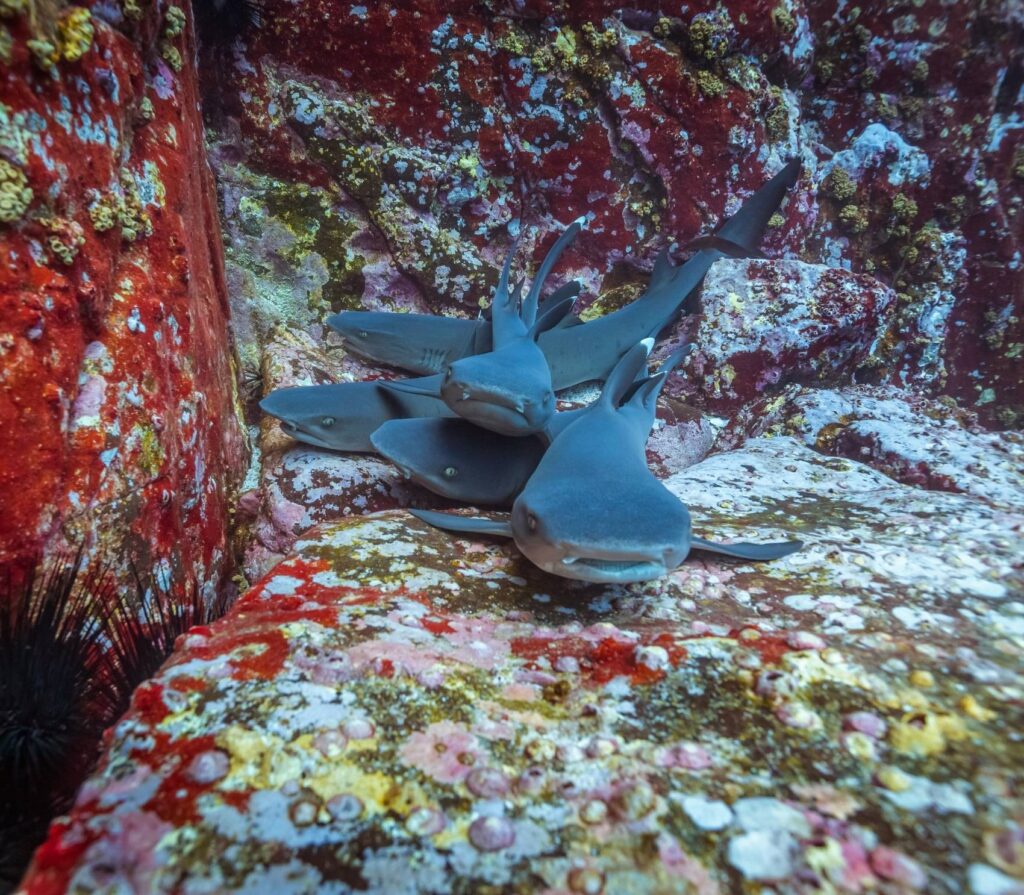
Night Dive Nirvana
At night, Lazy Wave transforms into a magical underwater scene where glowing comb jellies shimmer like stars, colorful mandarinfish perform their dusk-time dance, and tiny bobtail squid glide through the dark, lighting up as they hunt, making it an ideal spot for beginners to experience the wonders of night diving.
Types of dives:
- Reef
- Drift
- Ocean
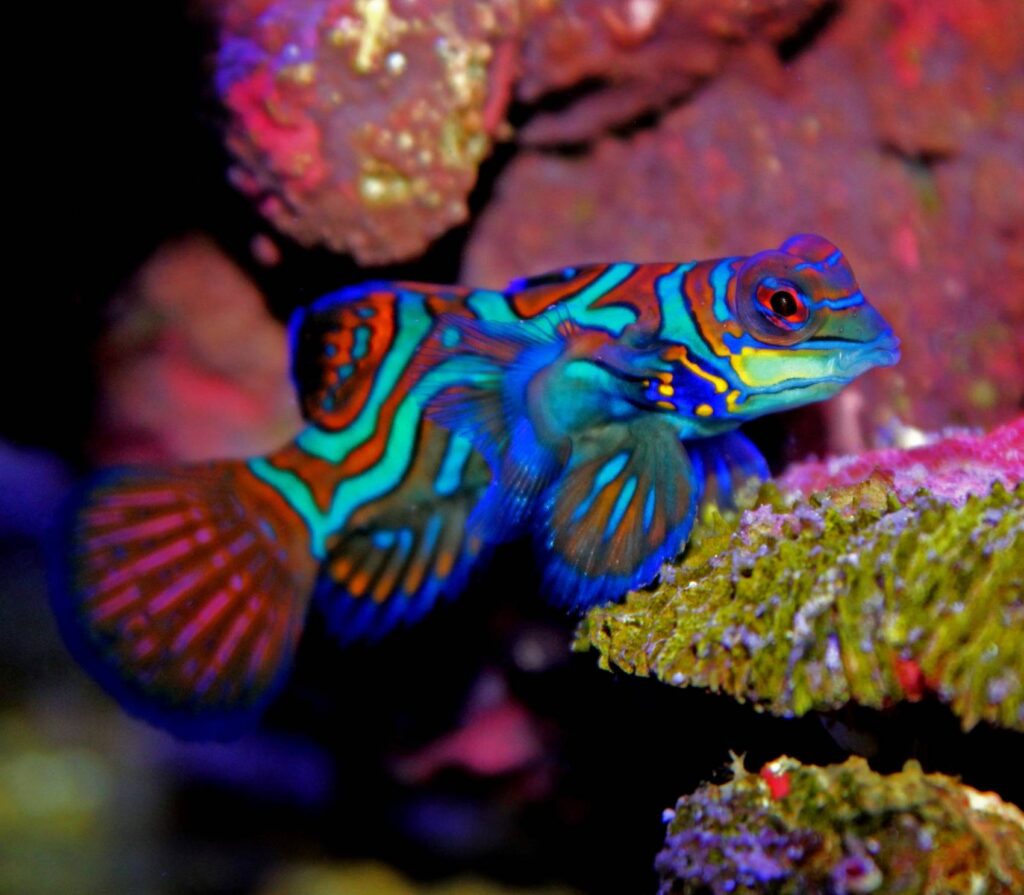
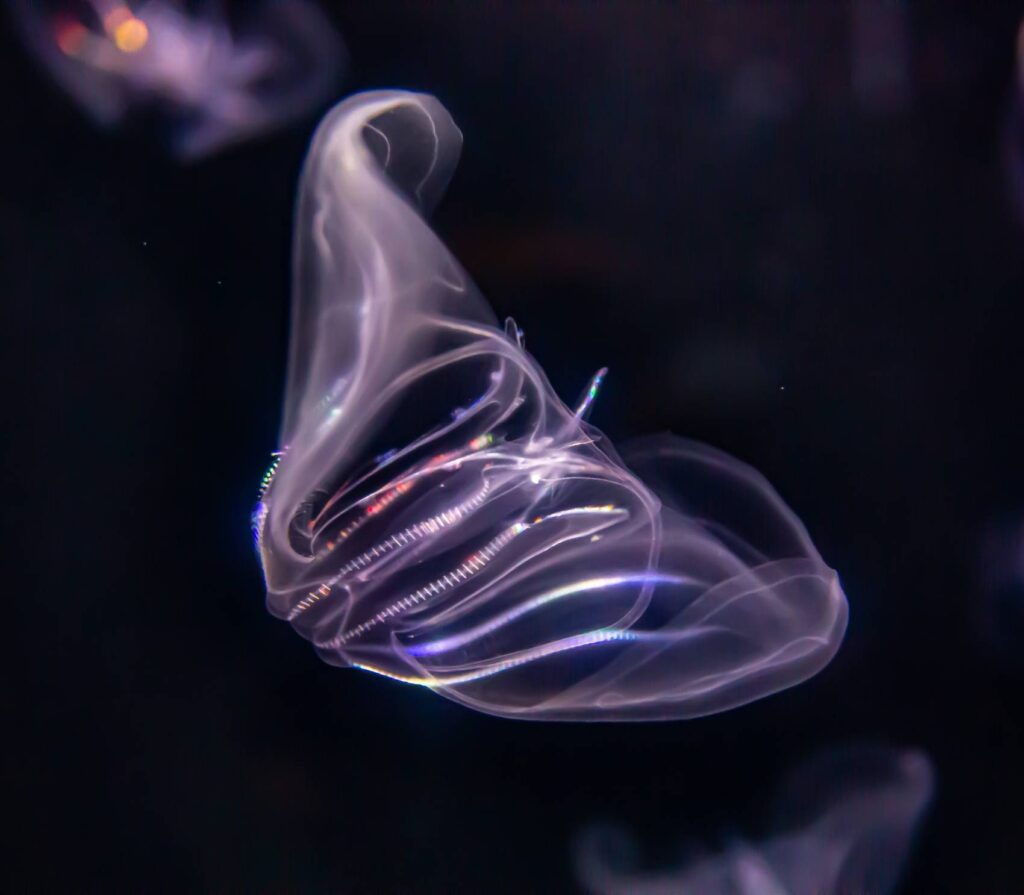
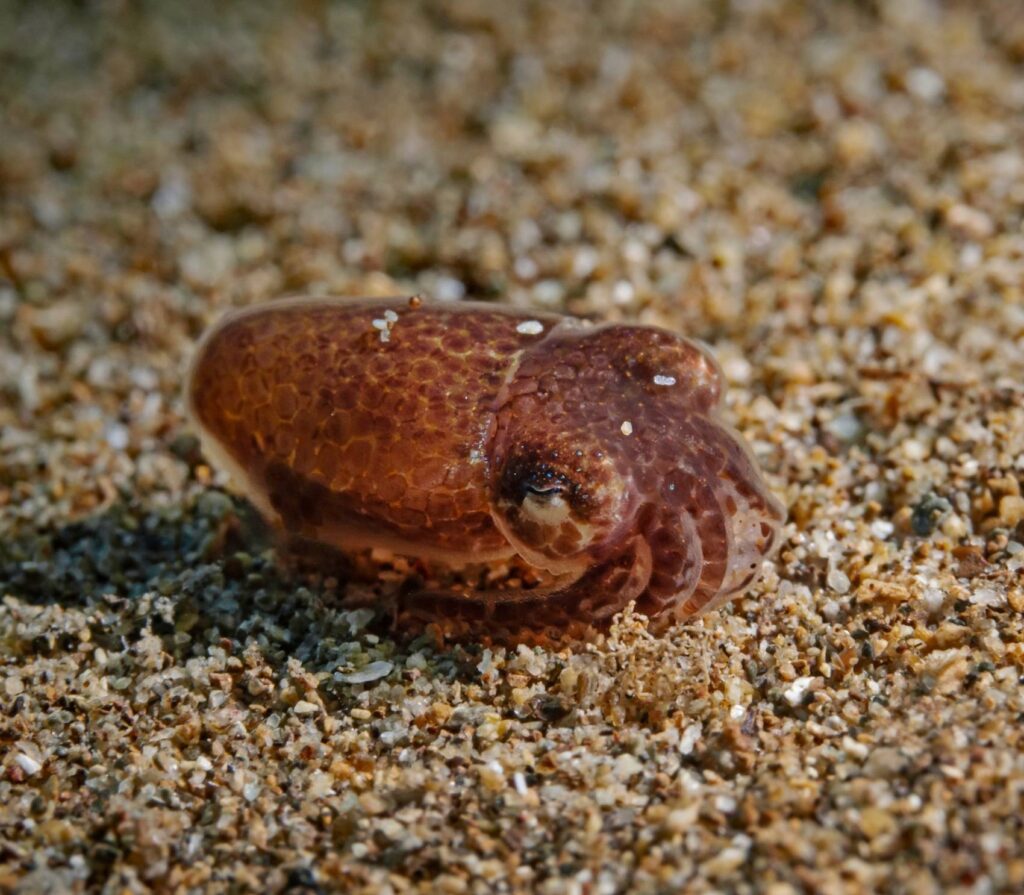
Black Coral Kingdom
Batu Putih is a volcanic pinnacle with dense black coral forests. These forests are home to pygmy seahorses and neon nudibranchs. Depths range from 8m to 22m, where batfish swim in schools. Don’t miss the overhang at 15m. It’s a great place to see reef sharks.
Types of dives:
- Reef
- Drift
- Ocean
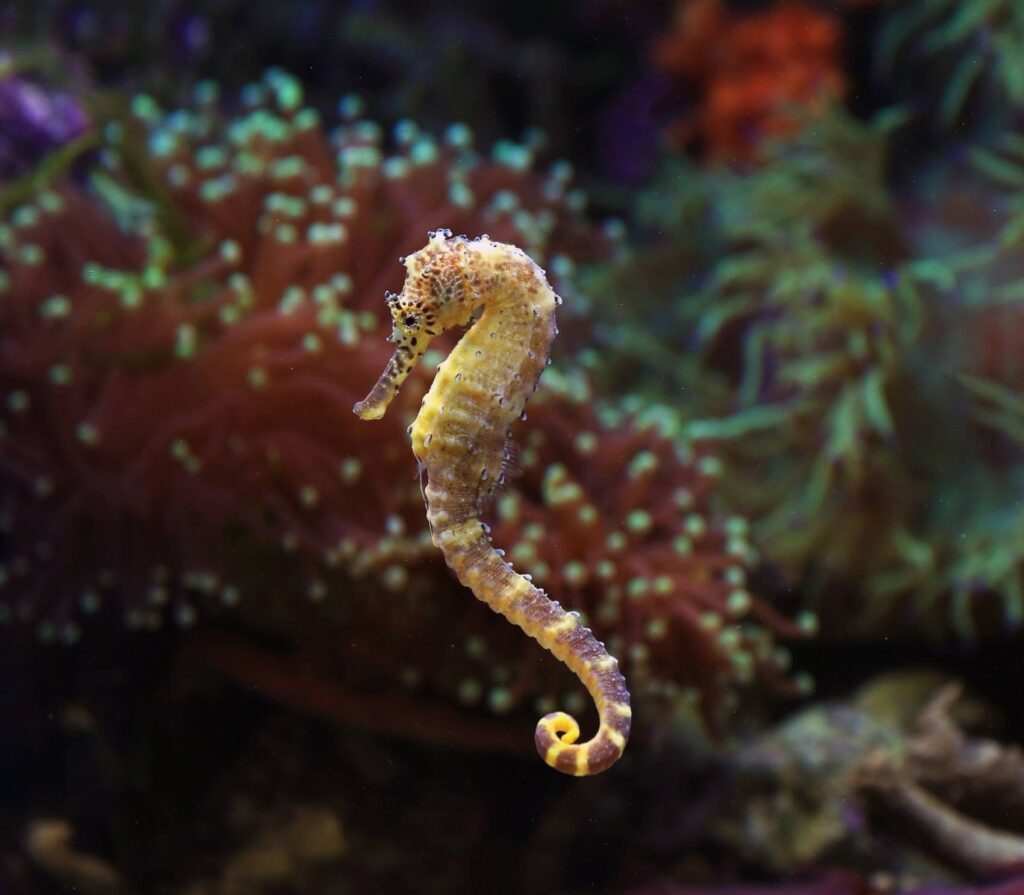
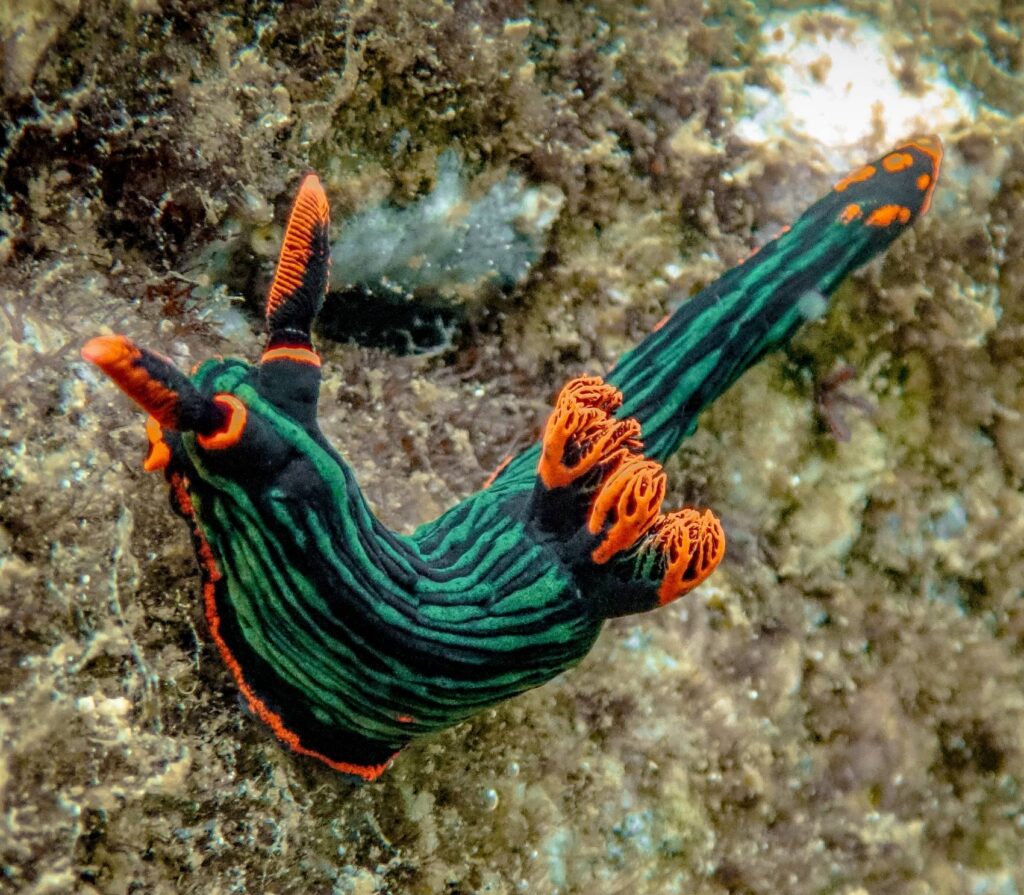

Offers relaxed diving conditions with fewer boats around
Lombok’s diving season is best from March to November. But Gili Lontar is special when the currents are calm. It has pristine snorkeling lagoons and dive sites untouched by crowds. It’s perfect for those who love to explore alone.
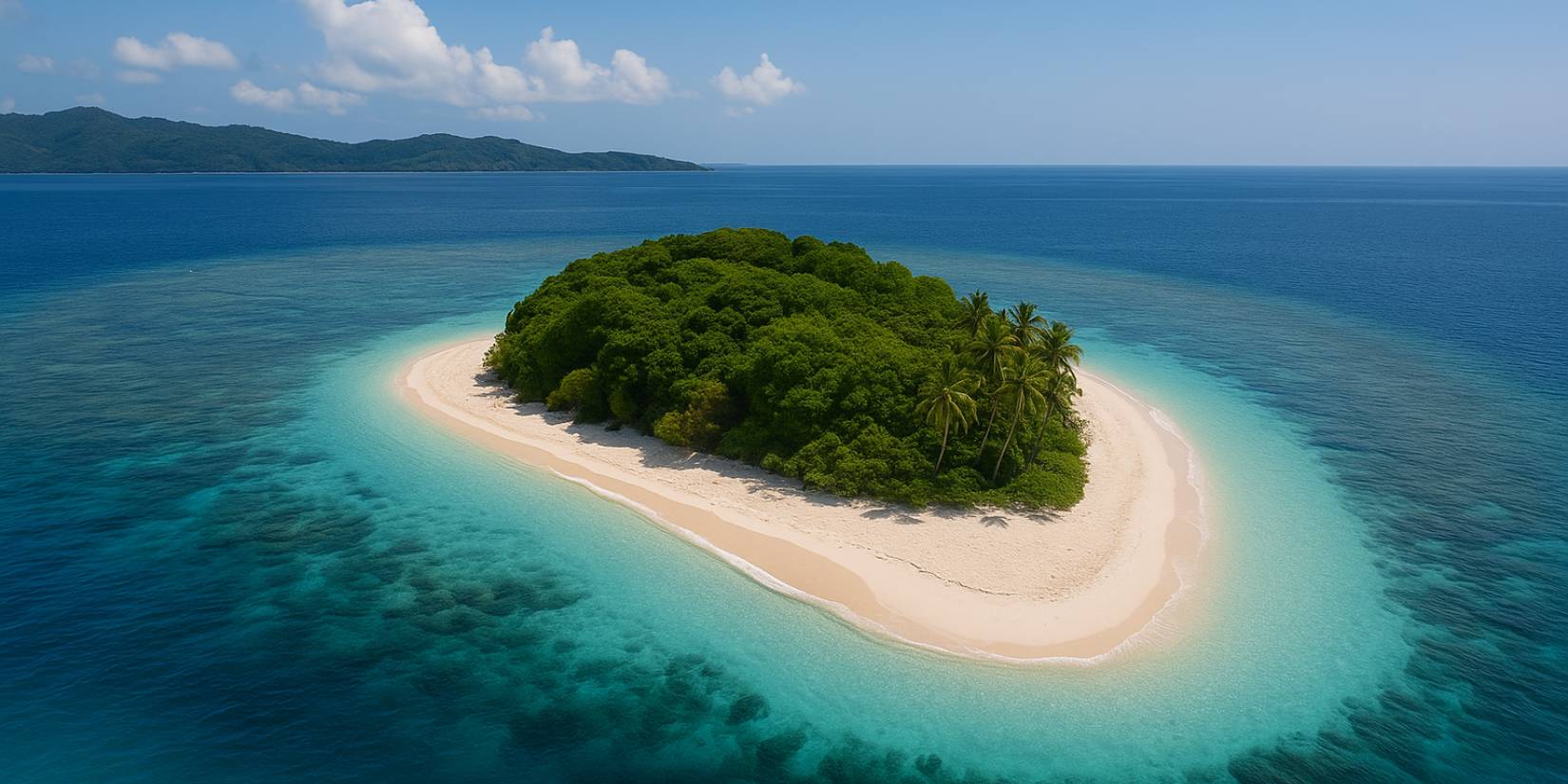
Dive Site
At Gili Poh, black rock fingers reach up to the surface. It’s a great place for spotting macro life. Divers can see Hippocampus bargibanti (pygmy seahorses) on sea fans in bright colors. Night dives are amazing here. You might see blue-ringed octopuses hunting on the reef. The depth here is great for all divers. The eastern slope has Halimeda algae fields. During mating season, cuttlefish show off their color-changing tricks.


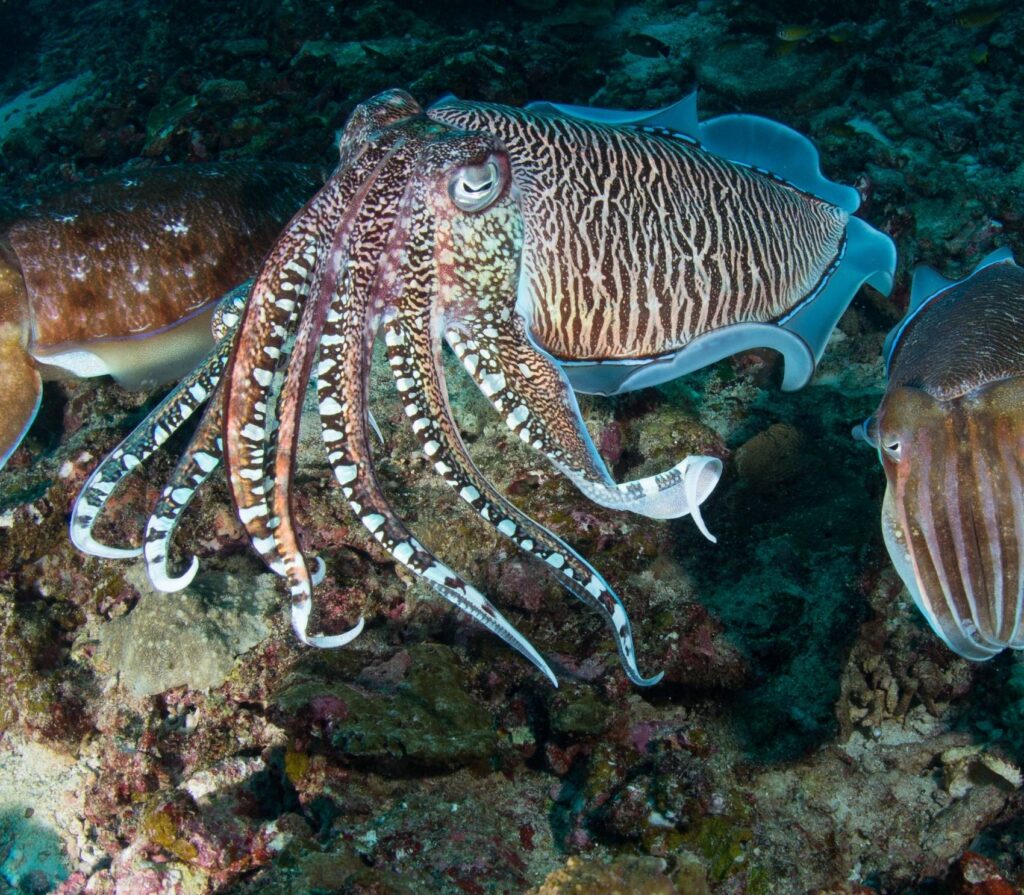
Dive Site
Dive into the blue where the reef drops vertically to 30m. Hawksbill turtles love to eat sponges here. Surveys show Eretmochelys imbricata on 78% of dives, with jackfish swirling around. Snorkelers will love the bright shallows. You’ll see juvenile angelfish and sergeant majors guarding eggs. Visit during slack tide for the best visibility.
“The wall’s overhangs shelter more life than a rainforest canopy – every crevice tells a story”
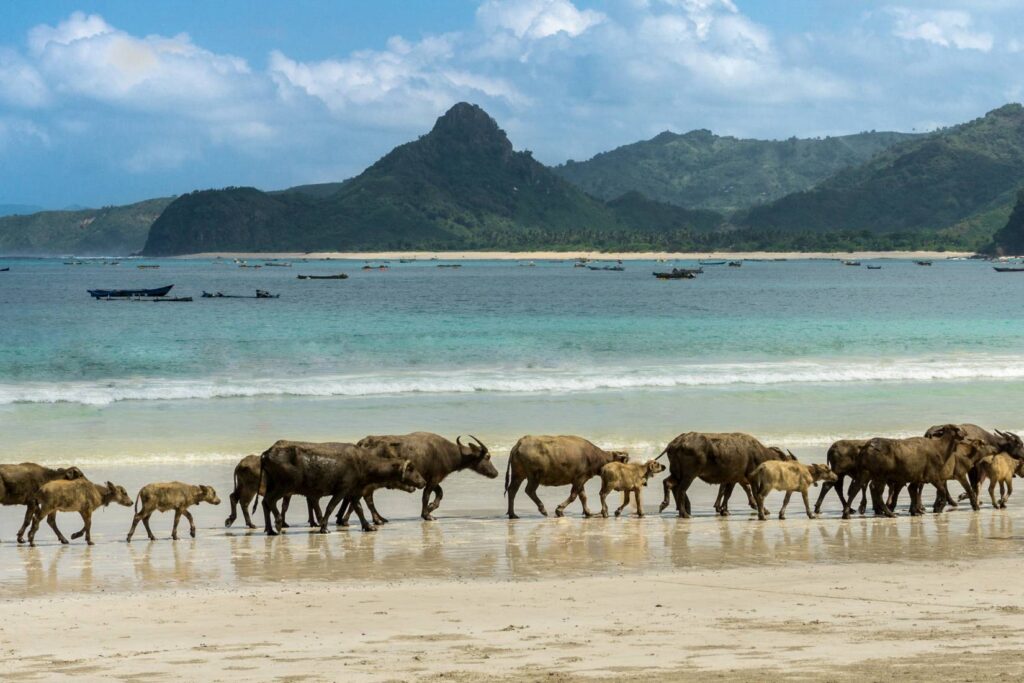


Home to fast-moving currents, rare finds, and dynamic dive profiles
In Buwun Mas, the Indian Ocean’s strong currents meet volcanic land. This area is a marine crossroads in Lombok. It has two underwater worlds: one with big pelagic creatures and the other with tiny wonders. Advanced divers come here for exciting dives. They see everything from thrilling thermoclines to strange creatures in muck diving.
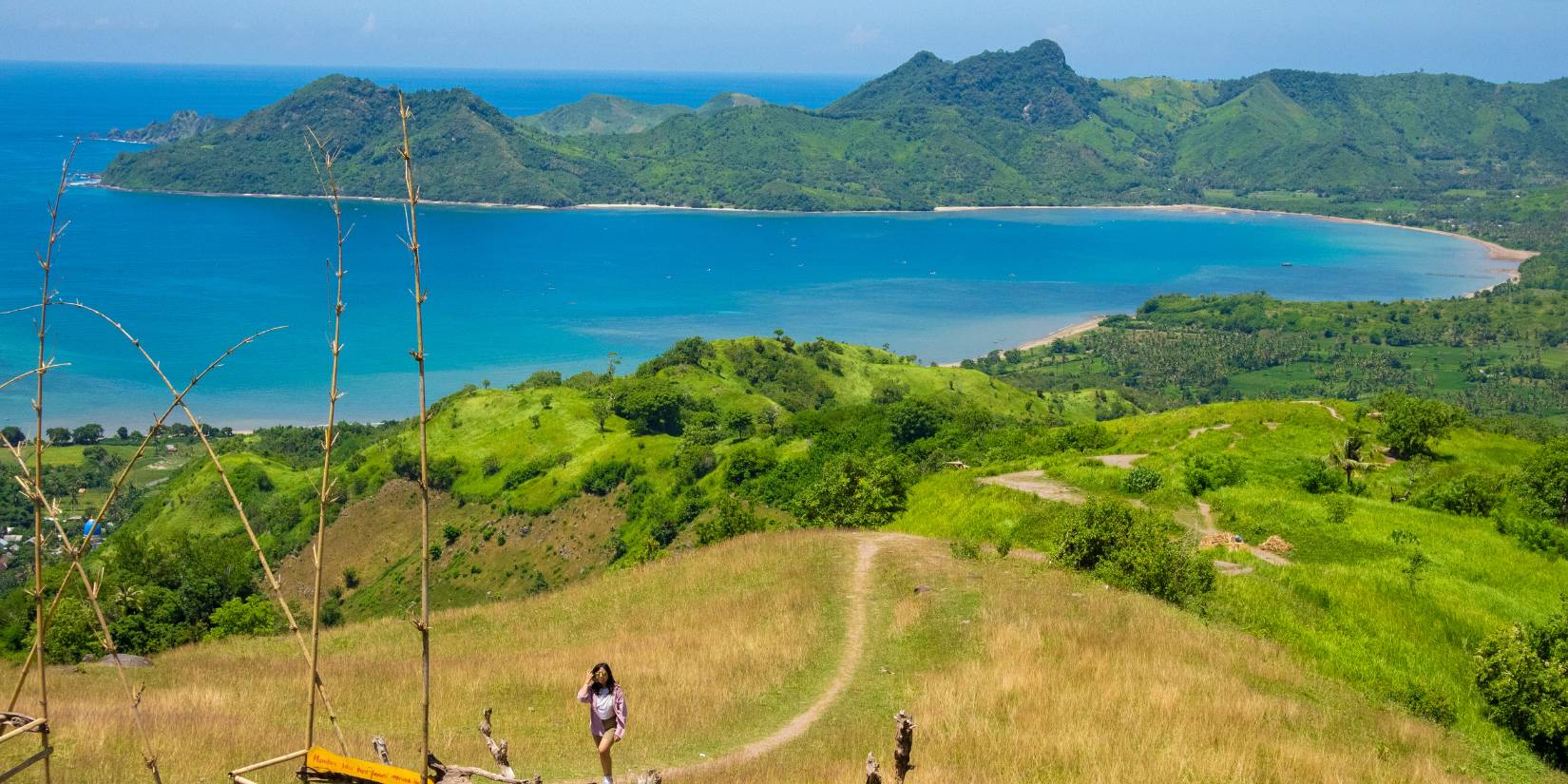
Dive Sites
Lombok’s “spinney ridge,” Gili Sarang, is an 18-meter-deep volcanic slope teeming with macro life. Divers here may spot pygmy seahorses camouflaged in sea fans, flamboyant cuttlefish shifting colors, and rhinopias scorpionfish nestled among red sponges. The best time to dive is during slack tide, when rare nudibranchs are more likely to appear. At night, local guides recommend using blackwater torches to fully experience the reef’s hidden beauty.
Types of dives:
- Reef


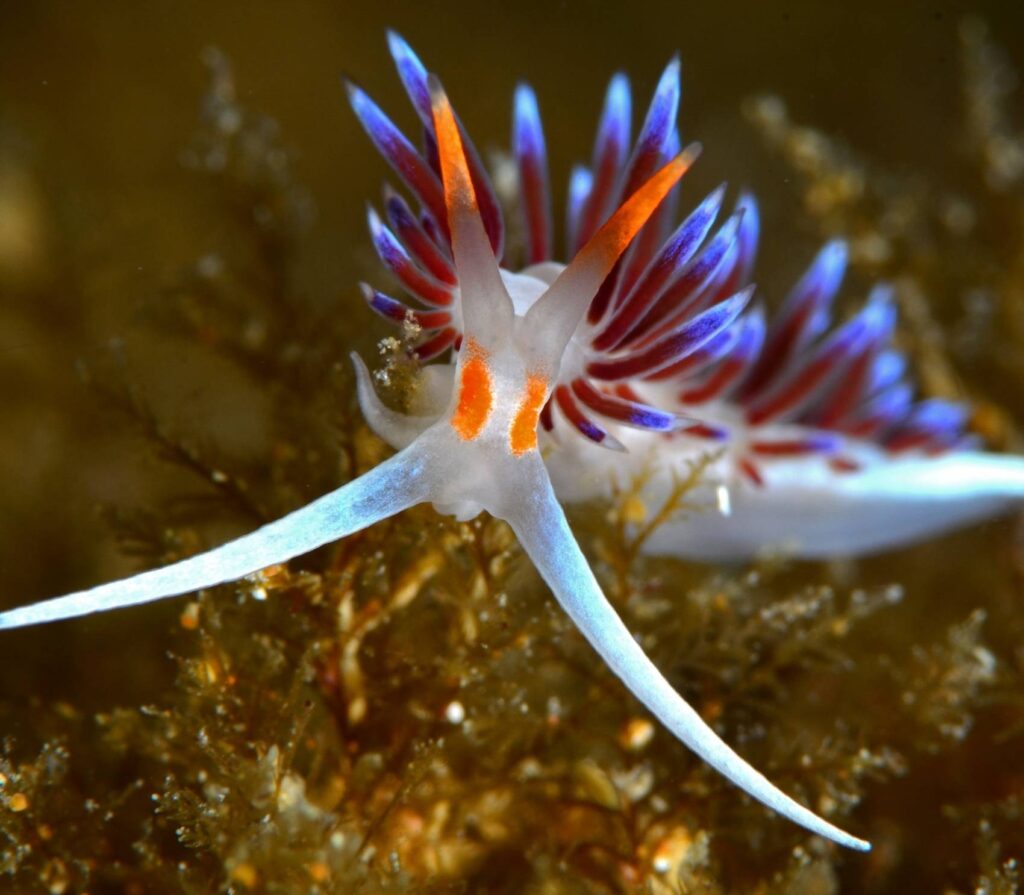
Dive Site
Batfish formations
- Depth zone: 0-15m
- Current Strength: Mild
Barracuda tornadoes
- Depth zone: 16-30m
- Current Strength: Moderate
Hammerhead patrols
- Depth zone: 31m+
- Current Strength: Strong
Types of dives:
- Ocean
- Reef



Lombok’s most popular dive hub with easy access and diverse sites
Gili Trawangan is a key spot in Lombok’s northwestern dive circuit. It’s known for its easy access and stunning underwater views. It offers both exciting dives and chances to see small marine life. Local guides often talk about “Volkers’ Golf Course.” This name highlights the smooth transition between different underwater environments.
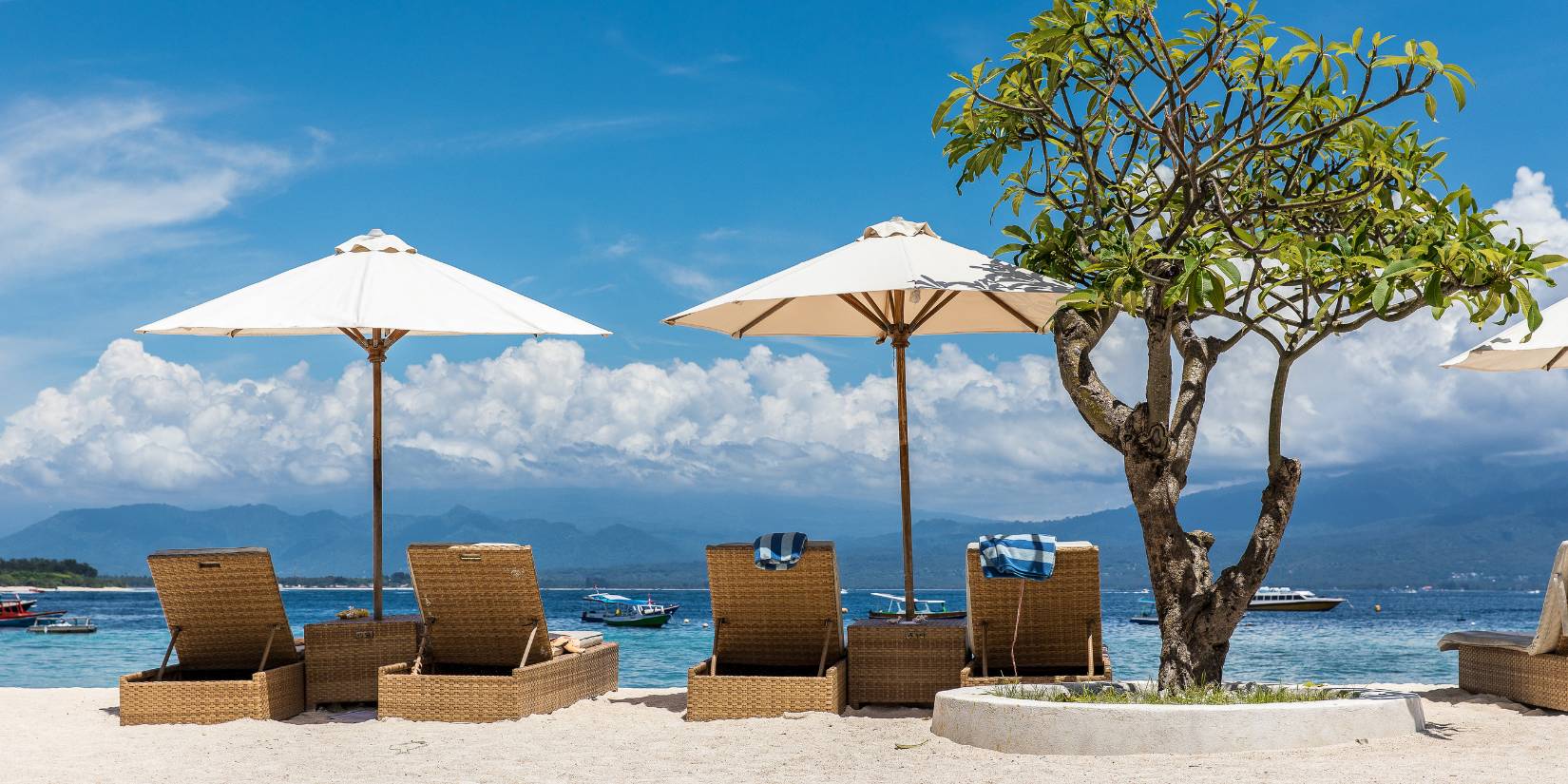
Dive Site
At Shark Point, you’ll find a sloping wall that starts at 24m and ends at 12m. Here, reef sharks roam, and green turtles eat sponges in shallower areas. The site is perfect for those who enjoy drift dives, thanks to the seasonal currents.
Types of dives:
- Drift
- Reef
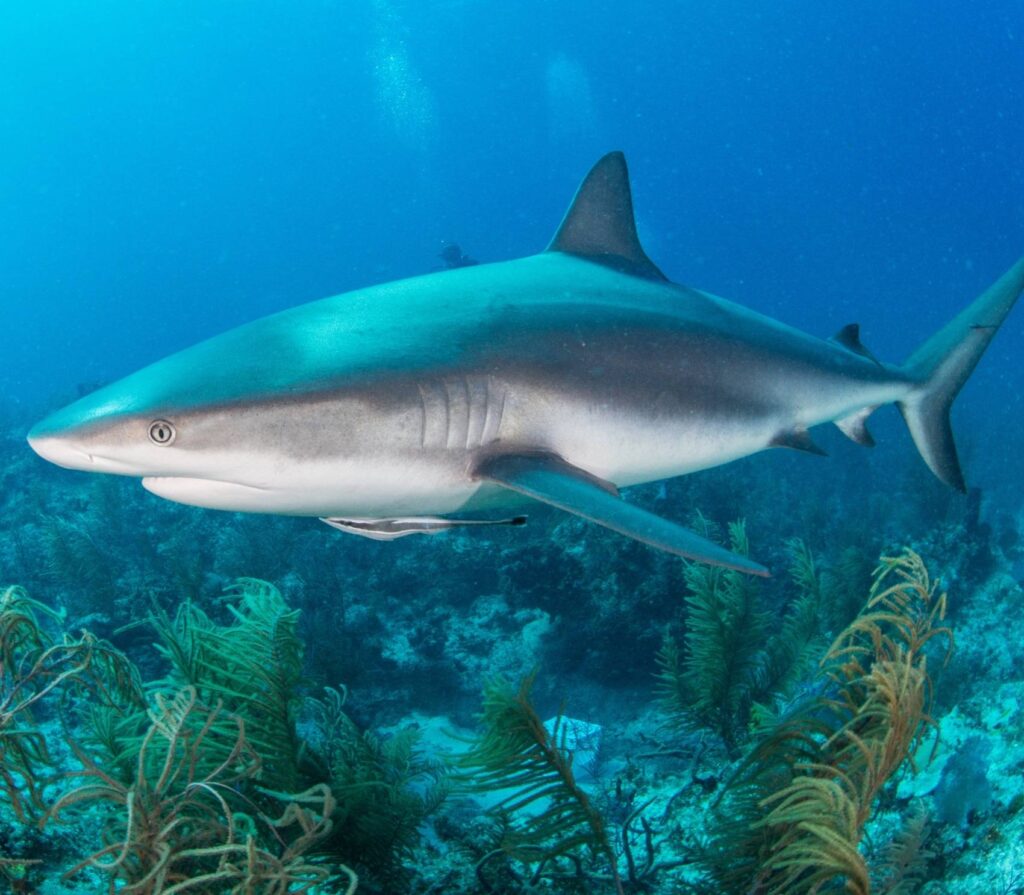
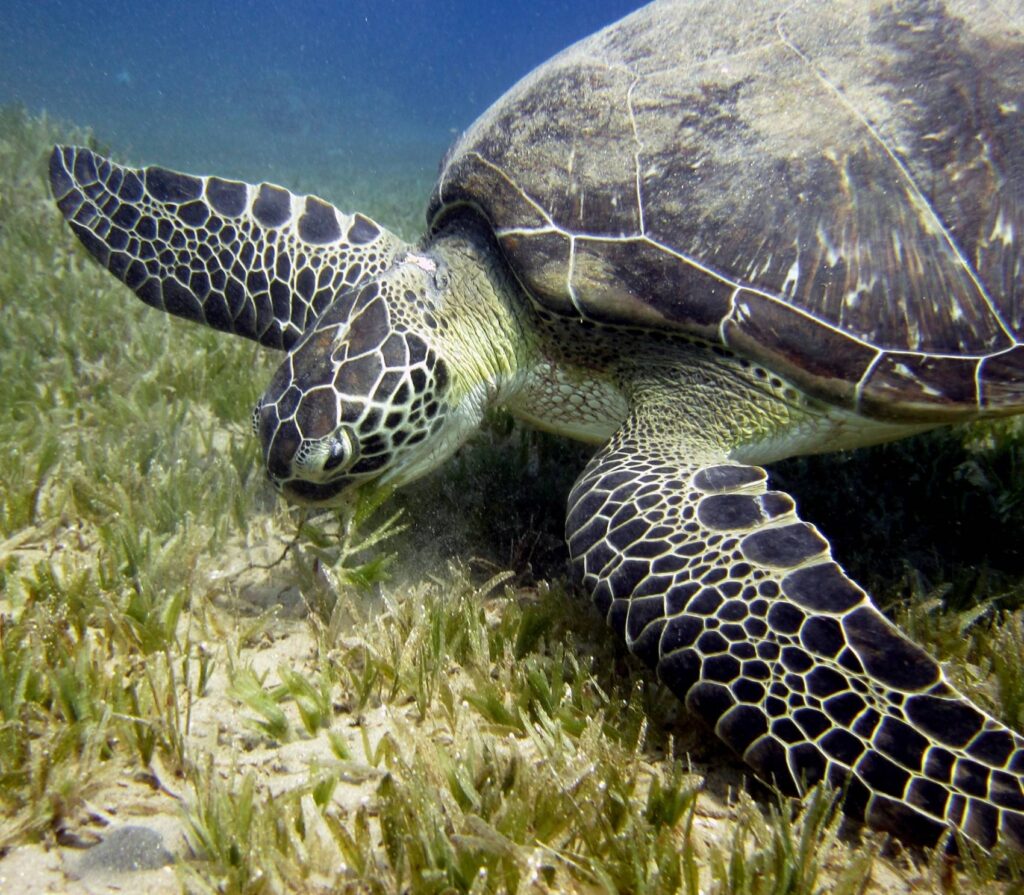
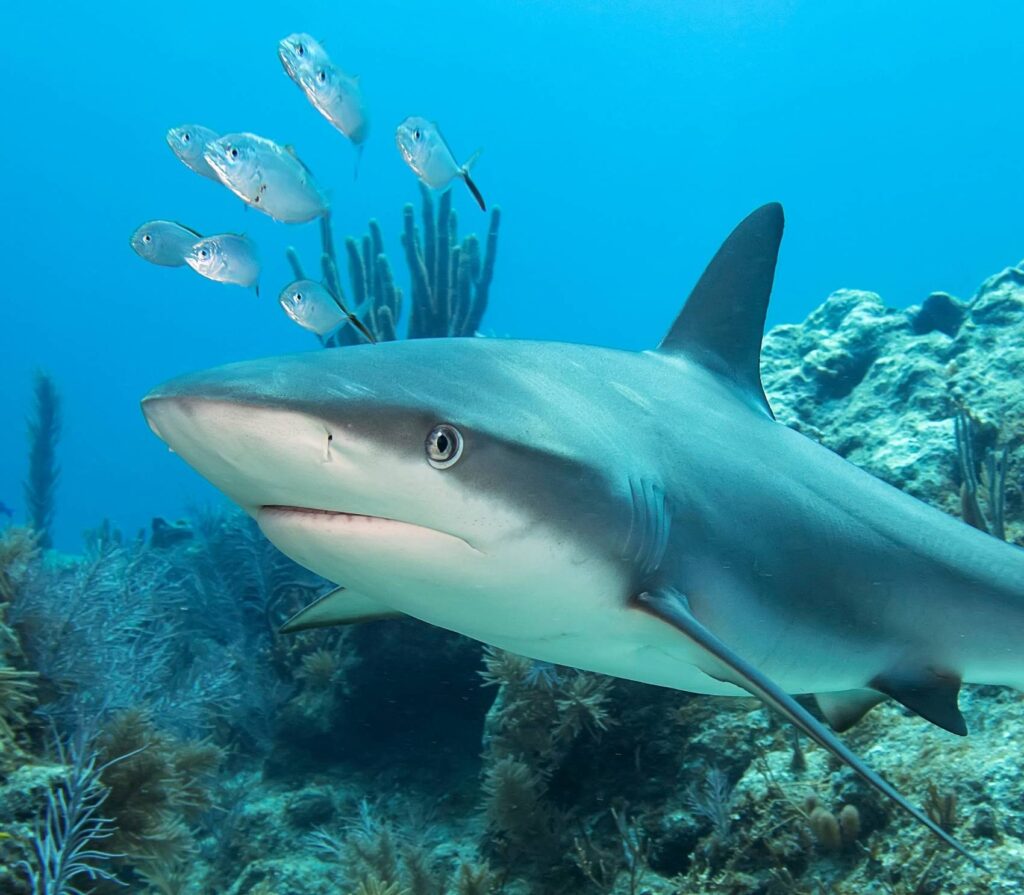
Dive Site
Halik is famous for its manta ray cleaning stations from July to October. Divers can watch these majestic creatures at 15m. The area is also home to pygmy seahorses and cuttlefish all year, making it a great spot for scuba diving in Lombok.
Types of dives:
- Drift
- Reef
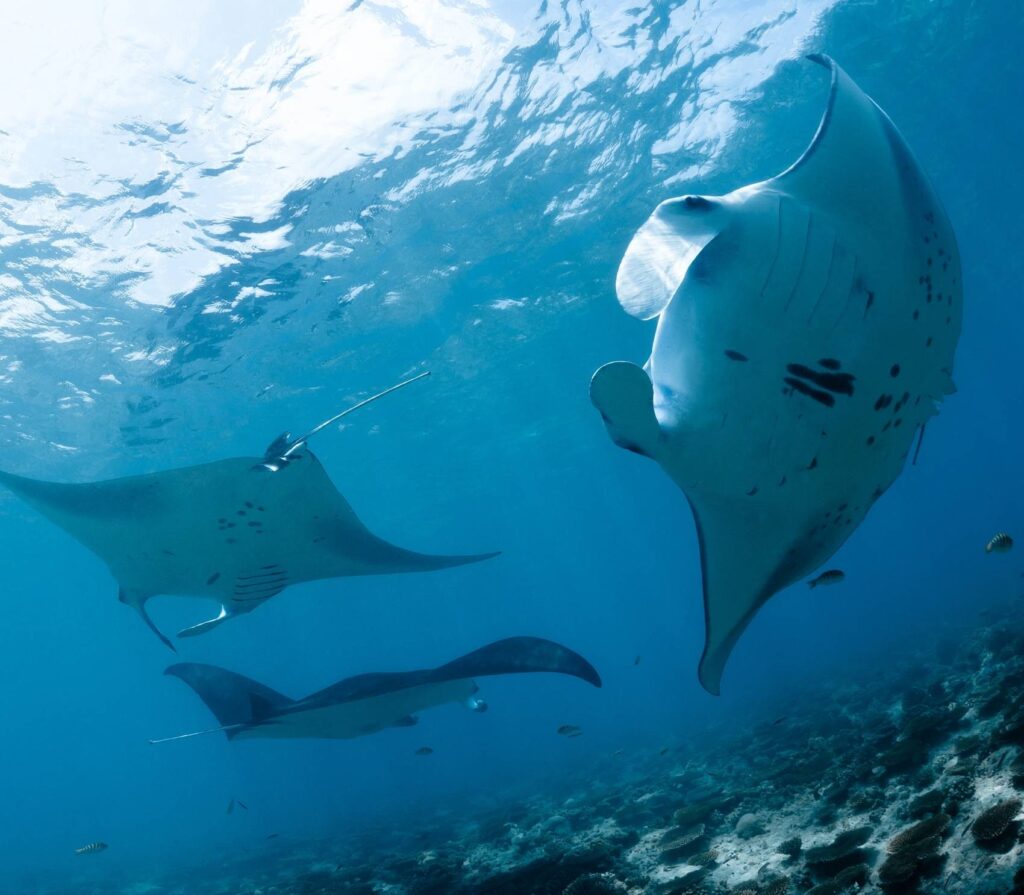
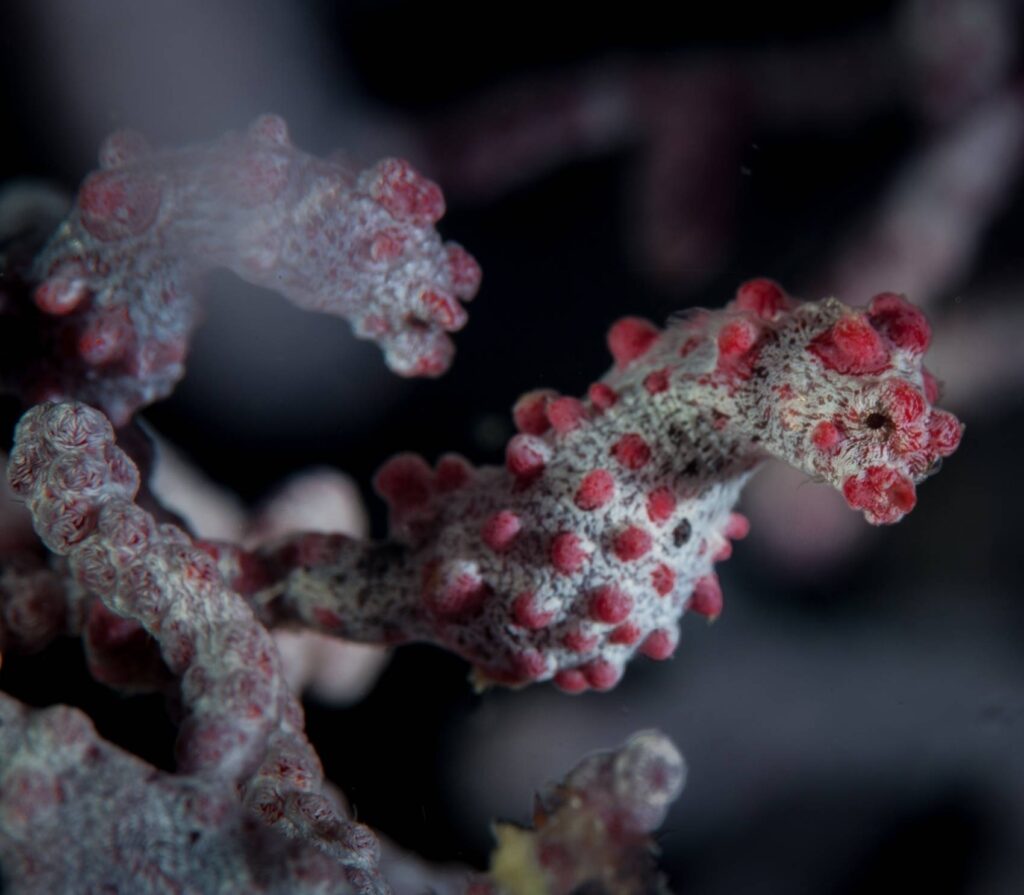
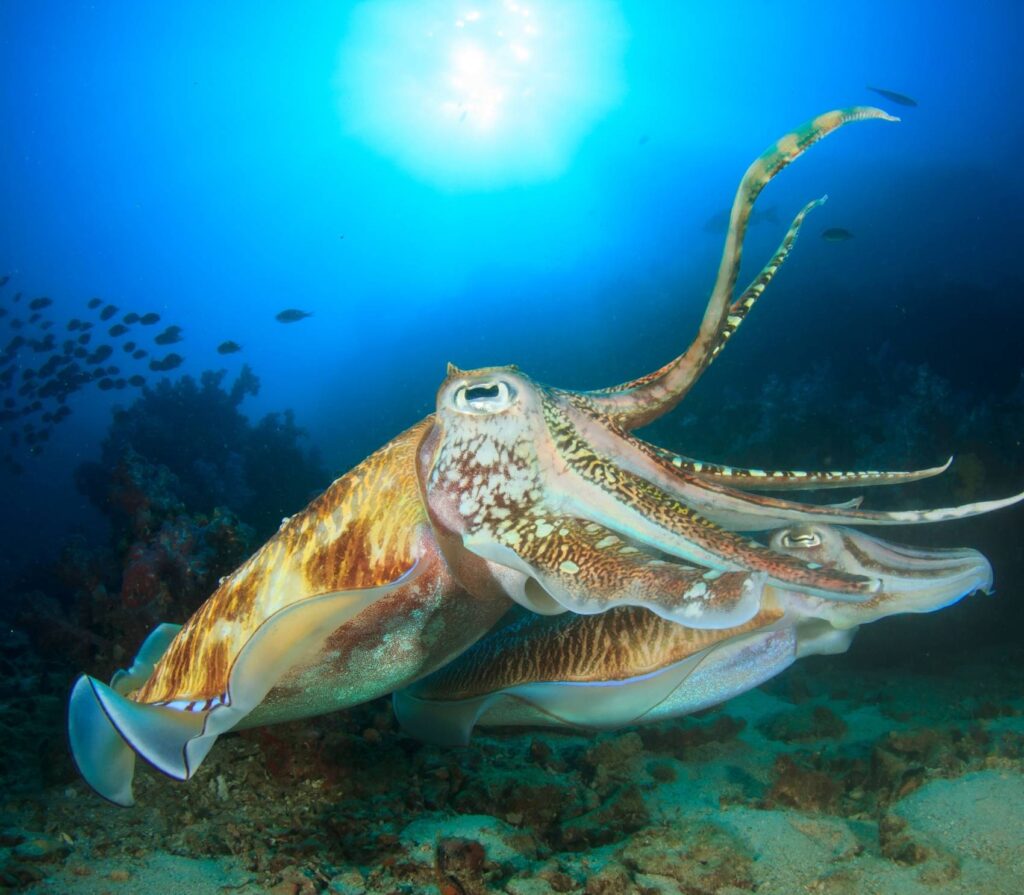
Dive Site
Shallow Turbo is a shallow dive at just 5m. It’s filled with bright soft corals and anthias clouds. At twilight, the dive site lights up, attracting nocturnal creatures.
Types of dives:
- Drift
- Reef

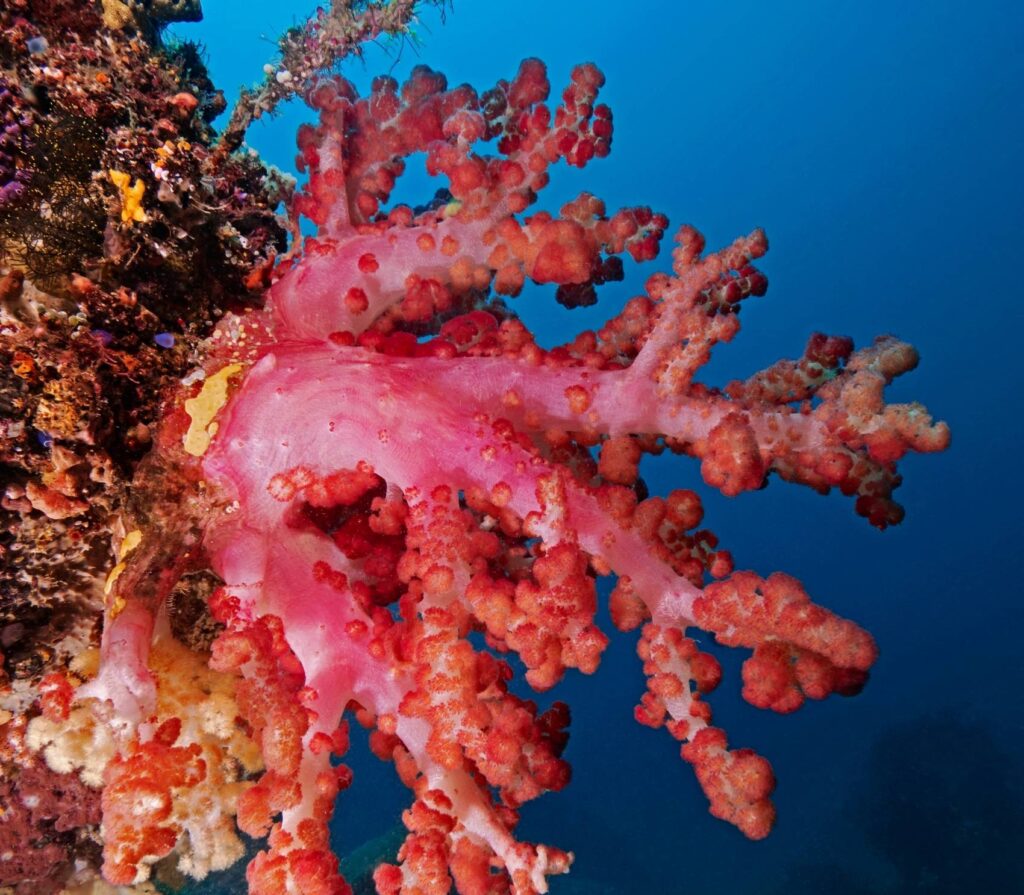
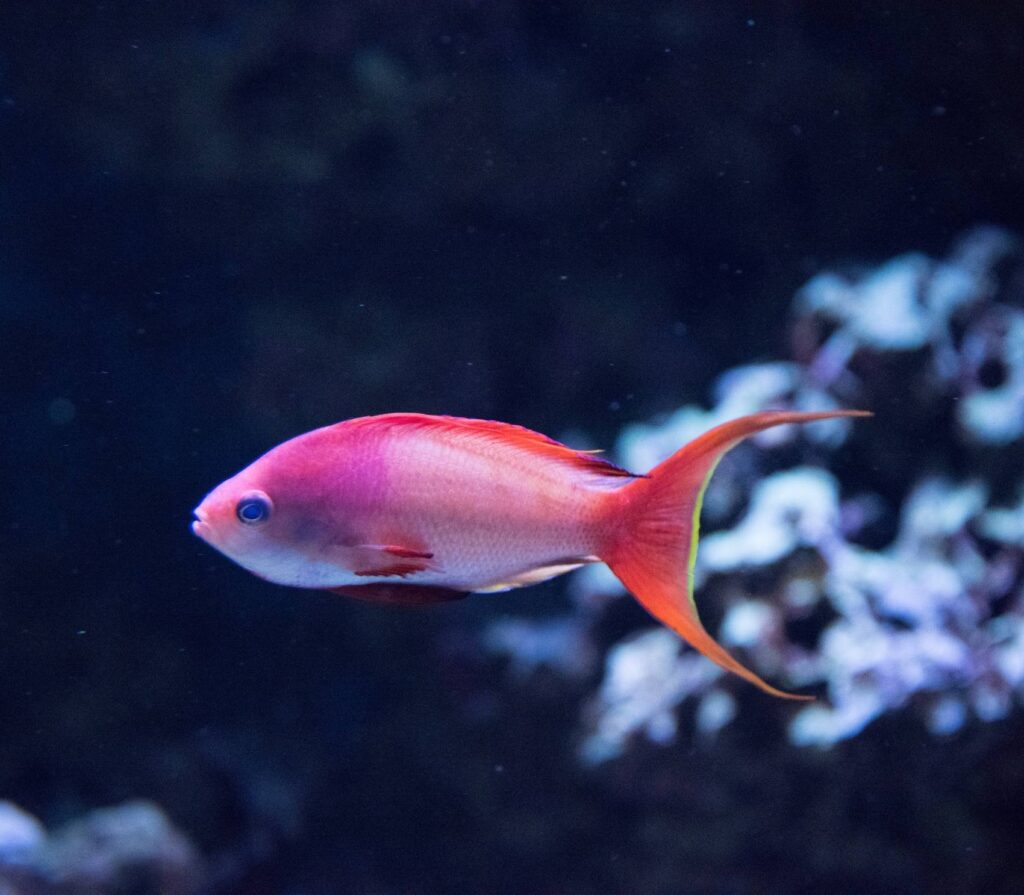
Dive Site
Deep Turbo is for experienced divers, with a 40m drop-off. Here, you can see dogtooth tuna and hammerheads. The contrast between Deep Turbo’s deep waters and Shallow Turbo’s colorful shallows is striking.
Types of dives:
- Drift
- Reef
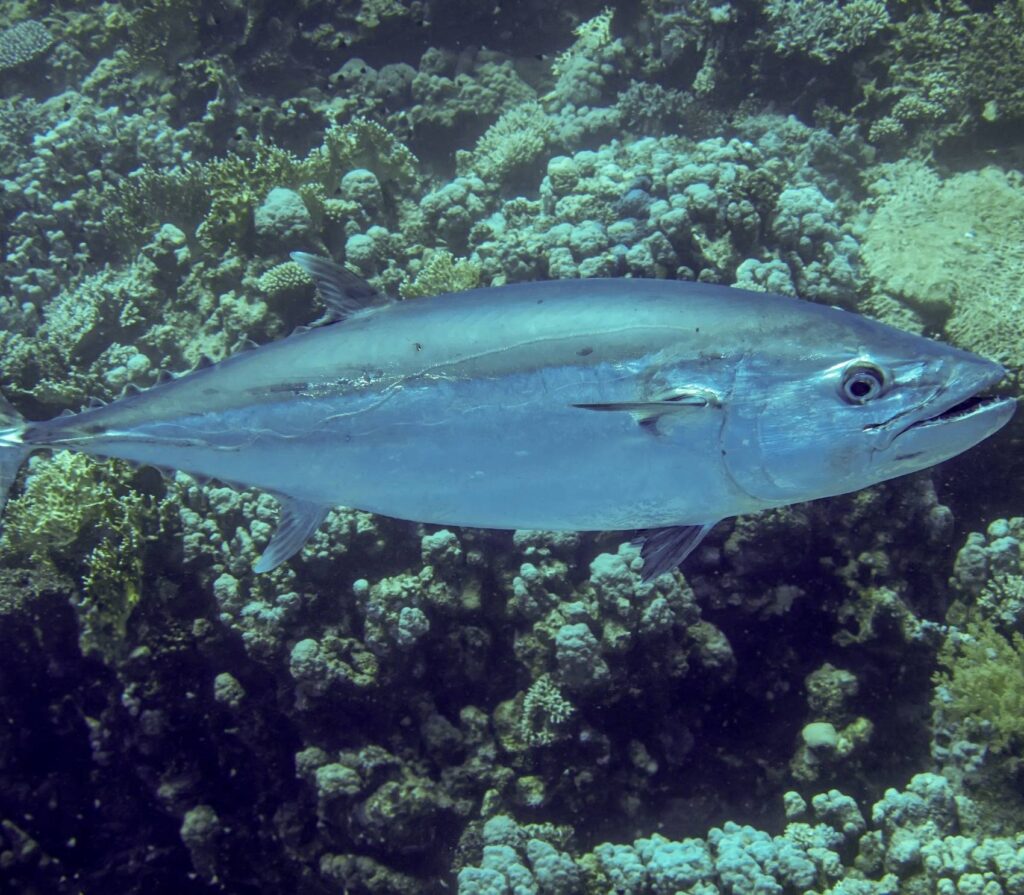


Dive Site
Explore marine restoration at Biorock, an artificial reef project. It’s home to 42 coral species and 287% more fish than natural reefs (Gili Eco Trust). You’ll see batfish and neon nudibranchs here. Your dive supports reef regeneration efforts.
Types of dives:
- Reef
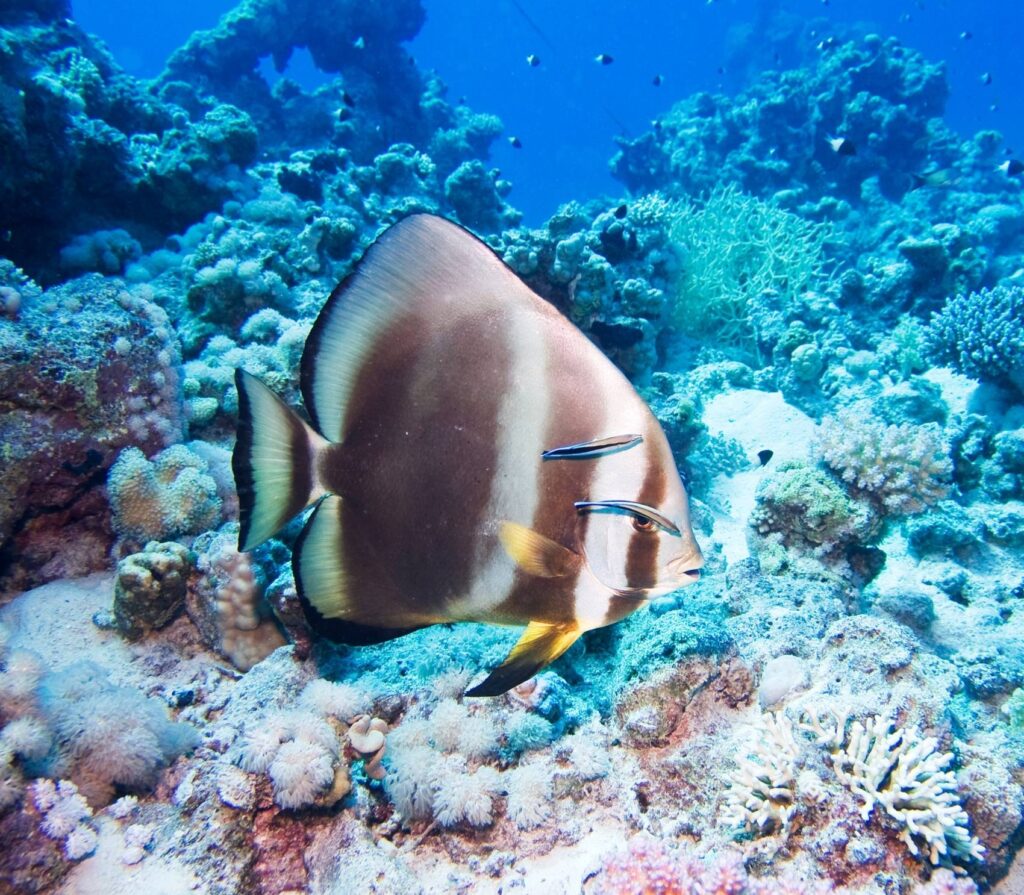
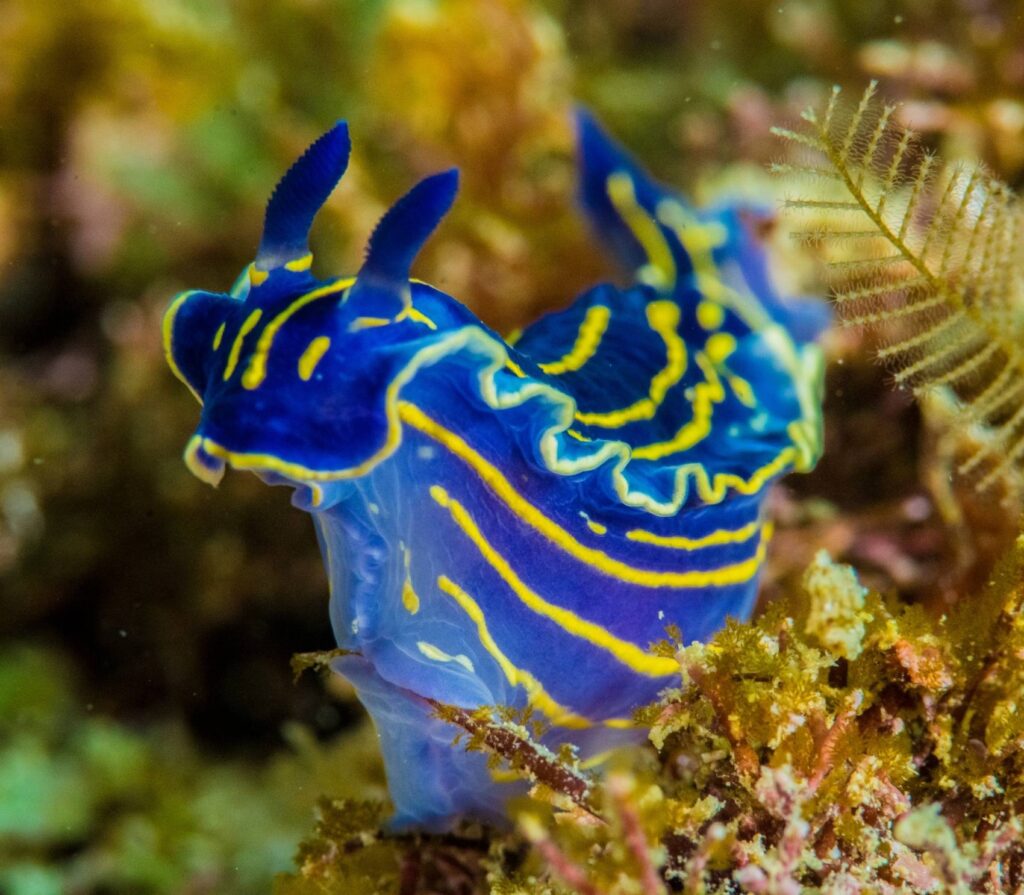
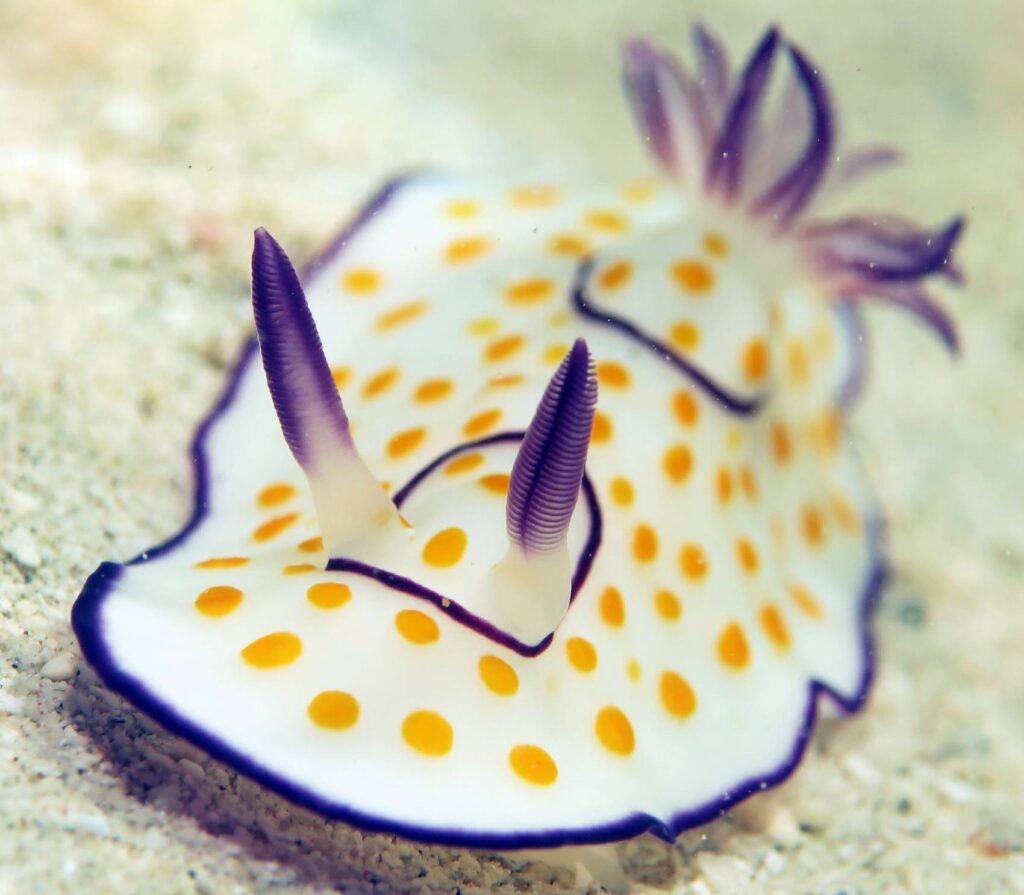
Dive Site
Time your dive for twilight to see garden eels in the current. Bumphead parrotfish feed on coral at sunset. This site is great for all levels, with stunning light shows from the west.
Types of dives:
- Reef

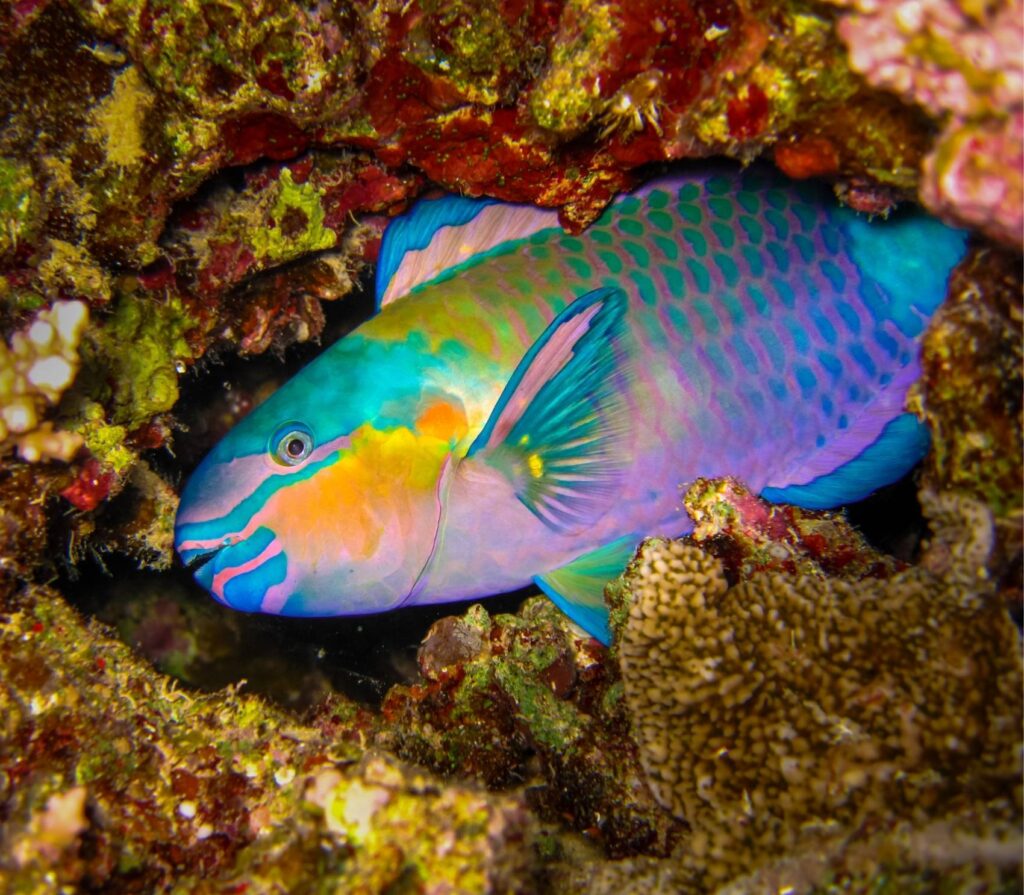
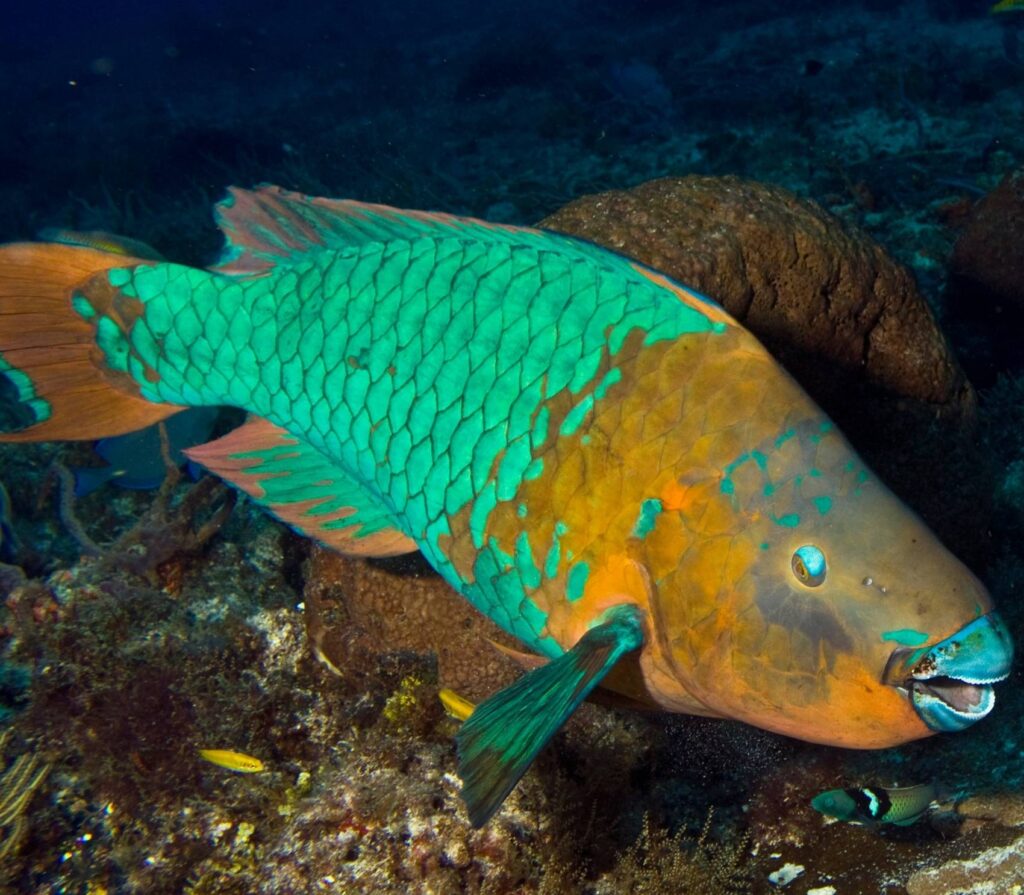
Dramatic seascapes and a chance for larger marine encounters
Gili Meno’s bays are perfect for underwater photography. They offer calm waters for slow exploration. The island’s dive sites show dramatic shapes from volcanic activity. Visibility is best from April to November.
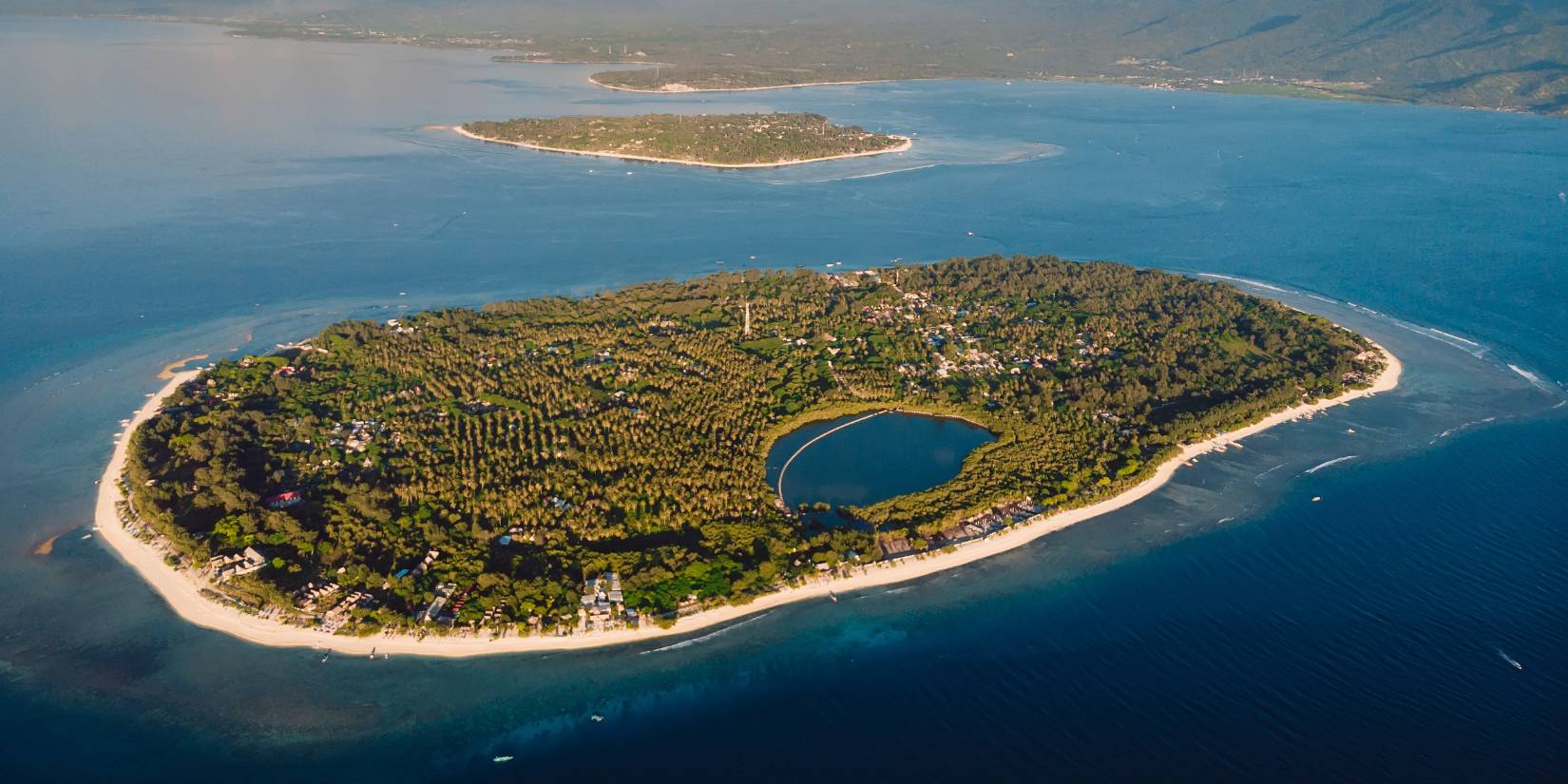
Dive Sites
Explore a coral wall with Denise’s pygmy seahorses and sea fans. Yellowtail barracuda and eagle rays can be seen at 25 meters.
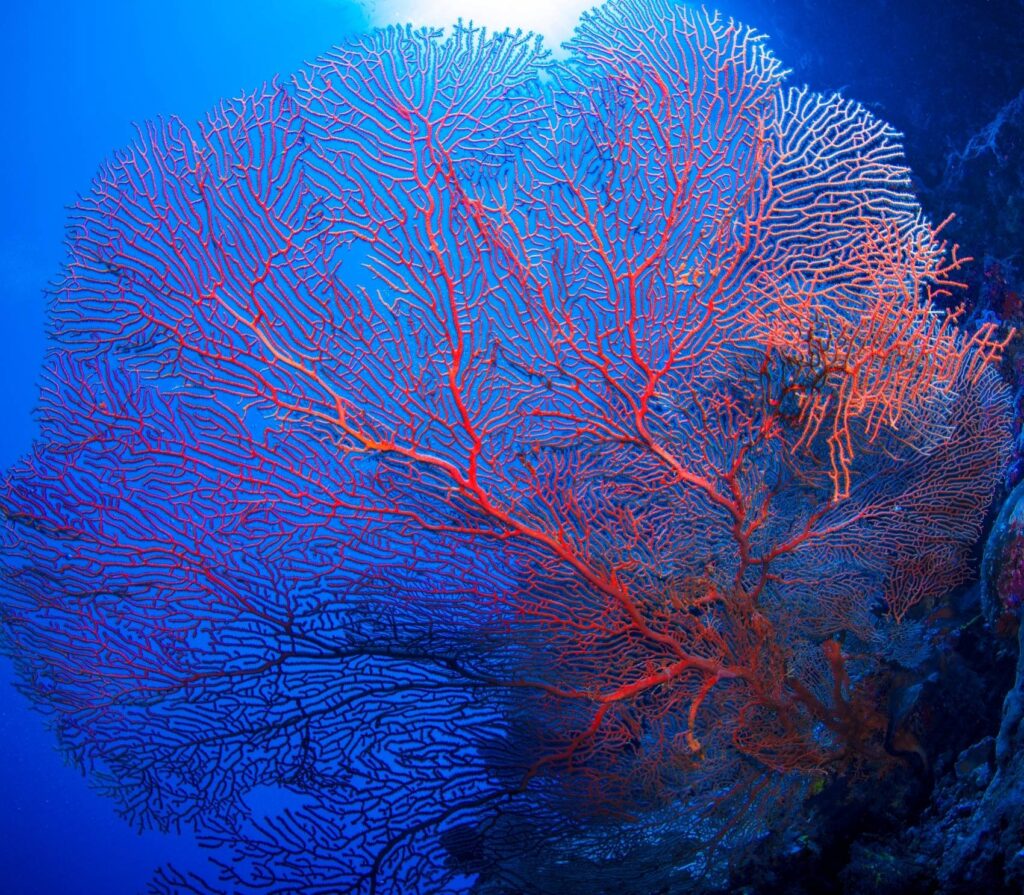
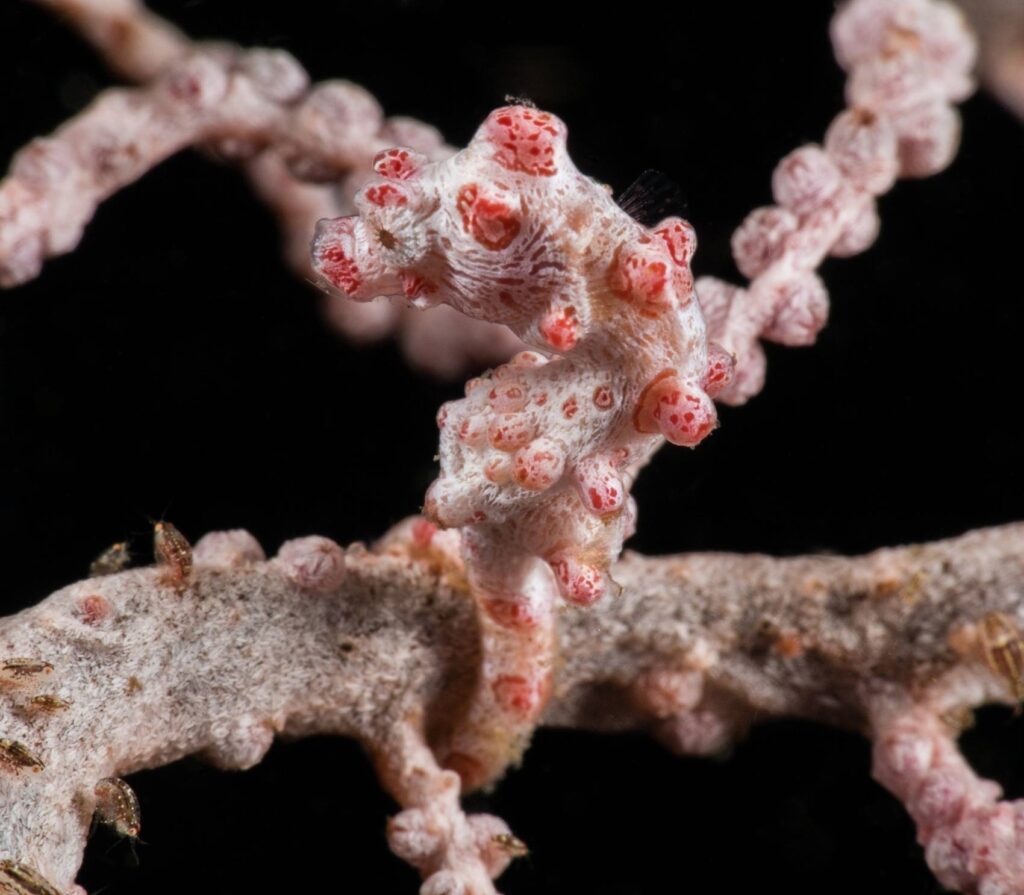
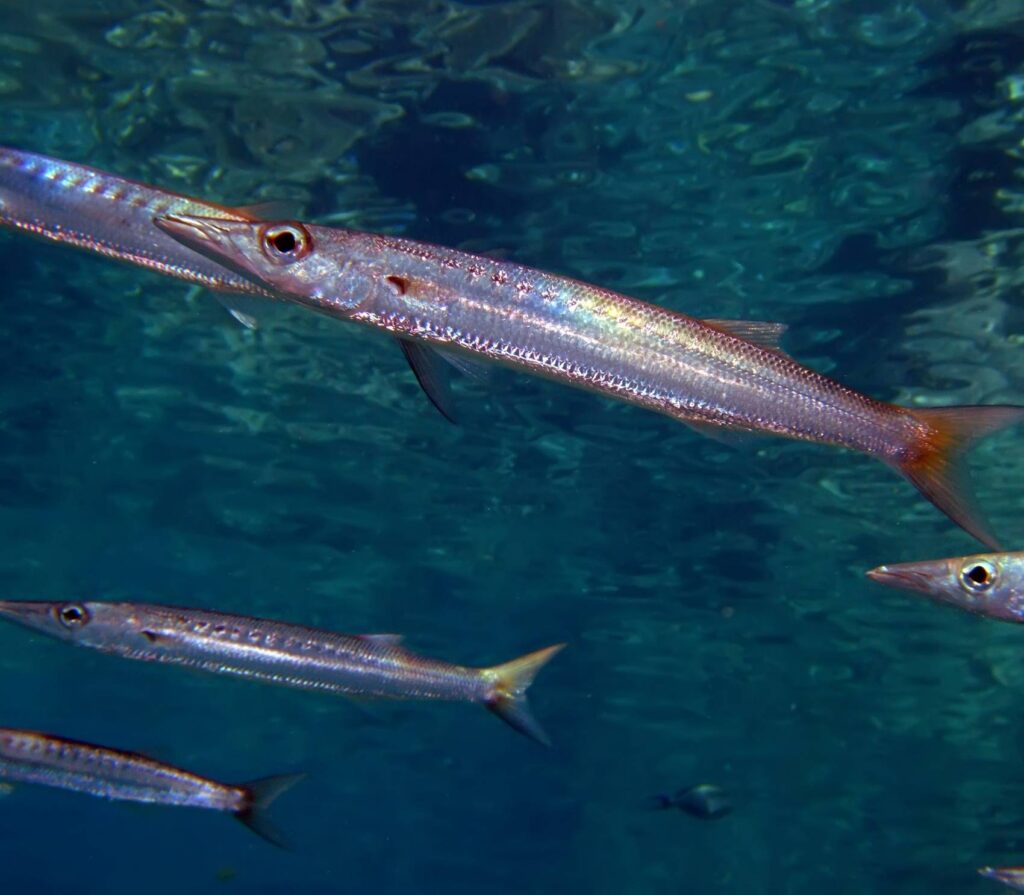
Dive Site
Find narrow fissures in this lava site. Blue-ringed octopus appear during muck dives. Night dives shows glowing coral and crustaceans.
Types of dives:
- Ocean
- Reef
- Drift
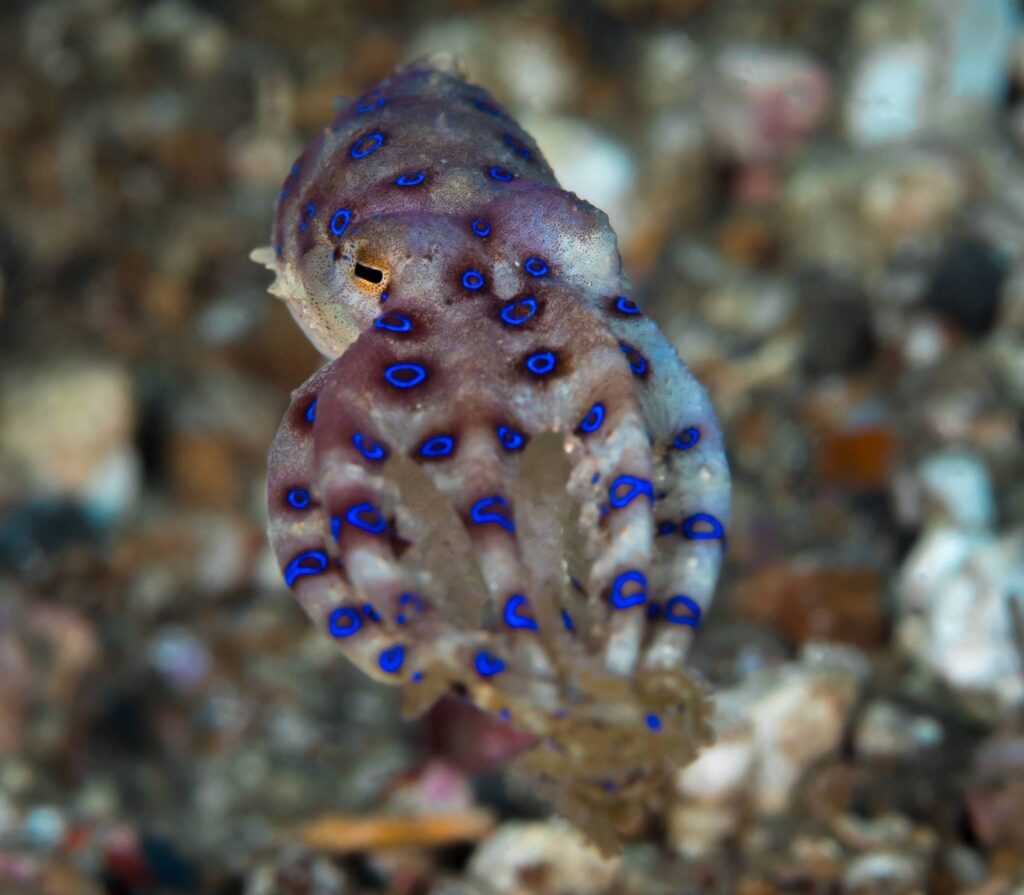
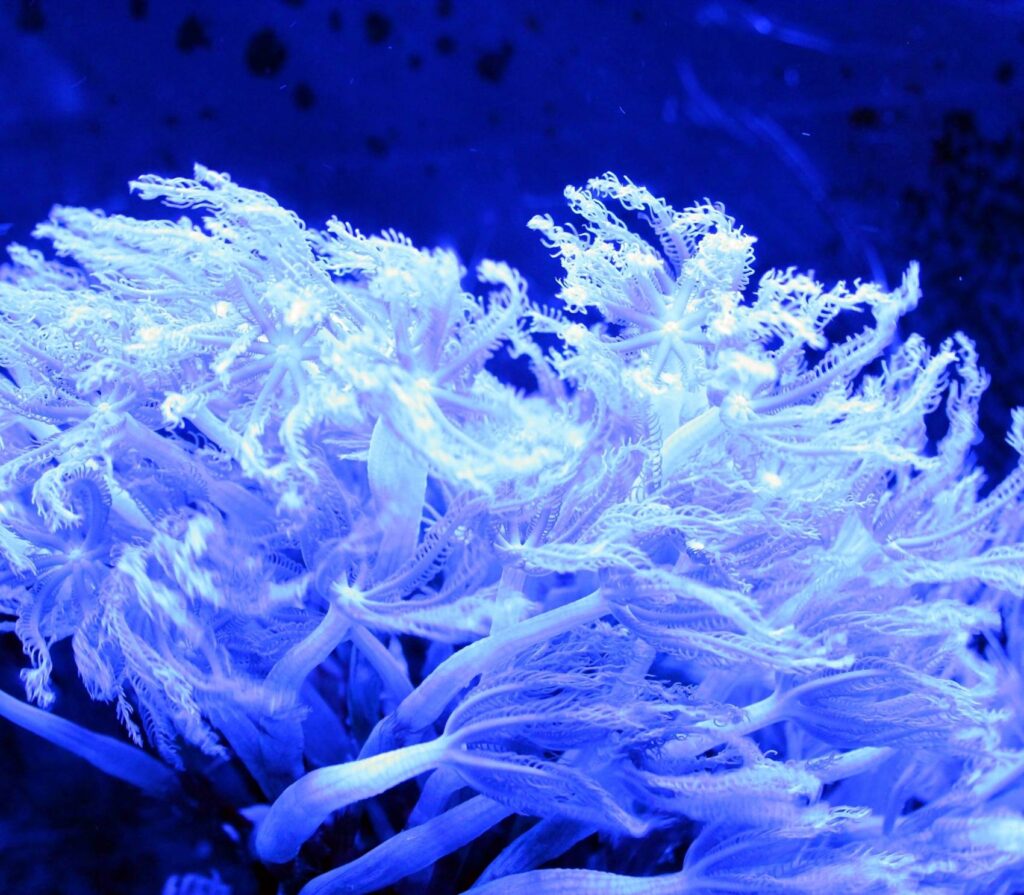
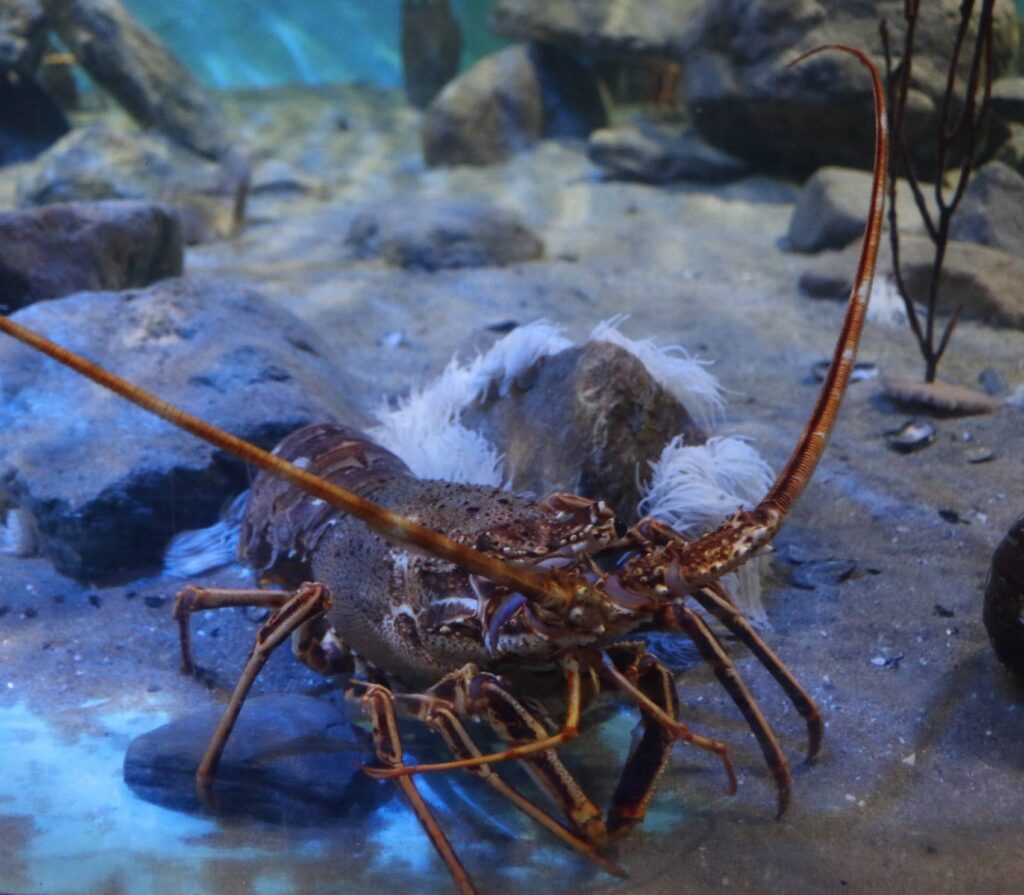
Dive Site
Drift over a plateau with fusiliers and table corals. The reef drops to 40 meters, attracting reef sharks.
Types of dives:
- Drift
- Reef

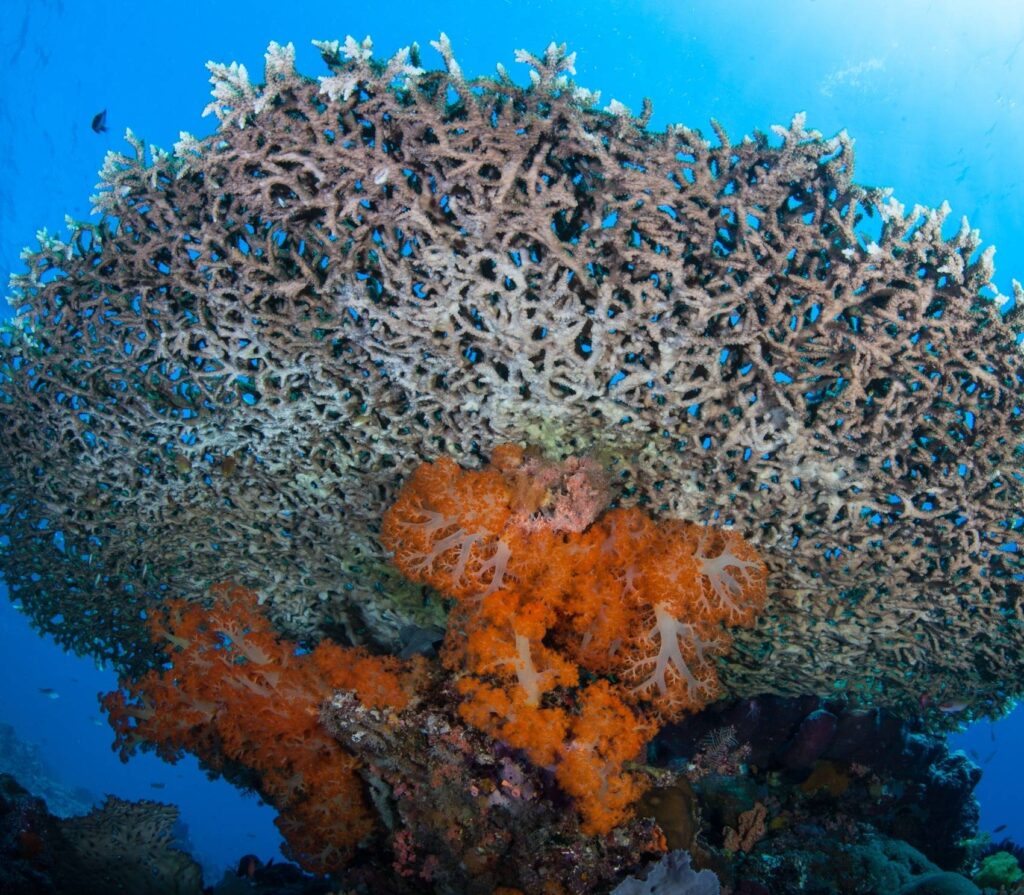
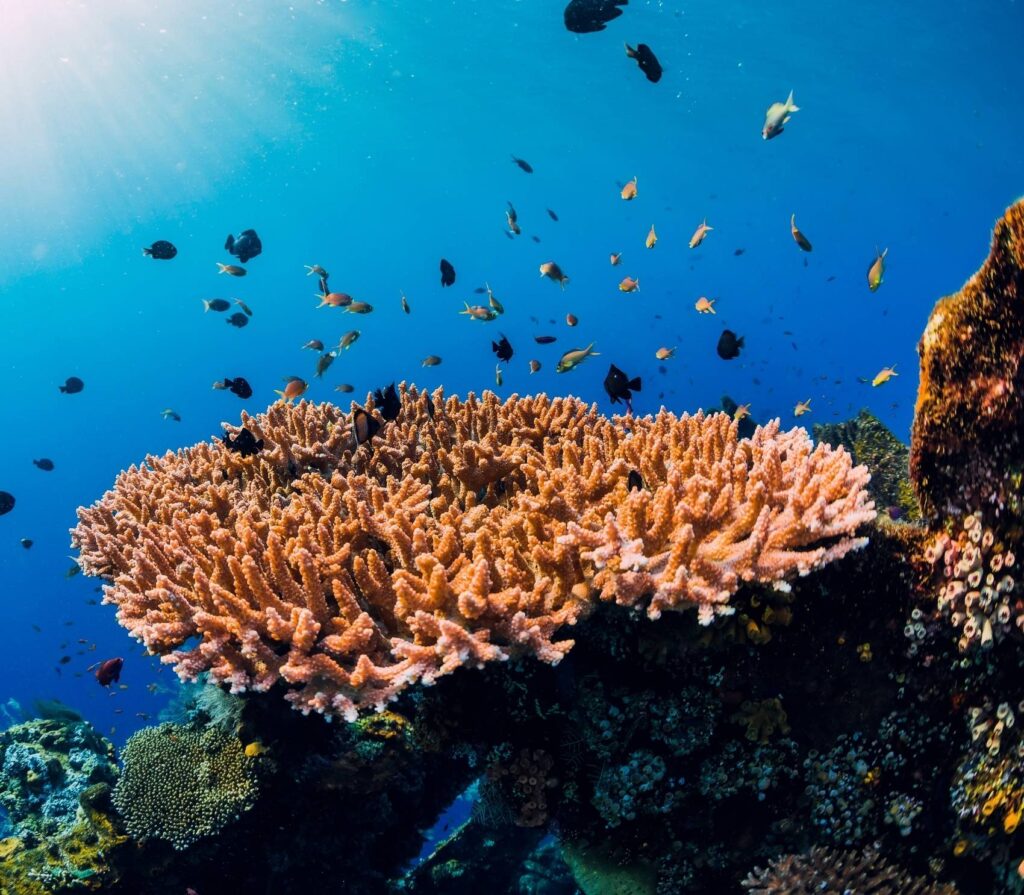
Dive Site
See Lombok’s biggest green turtles in seagrass meadows. 63% of local turtles visit these areas. Dive with high tide for the best view. Snorkelers can see hawksbill turtles near coral bommies. Early morning dives are best for photos and spotting marine life.
Types of dives:
- Drift
- Reef

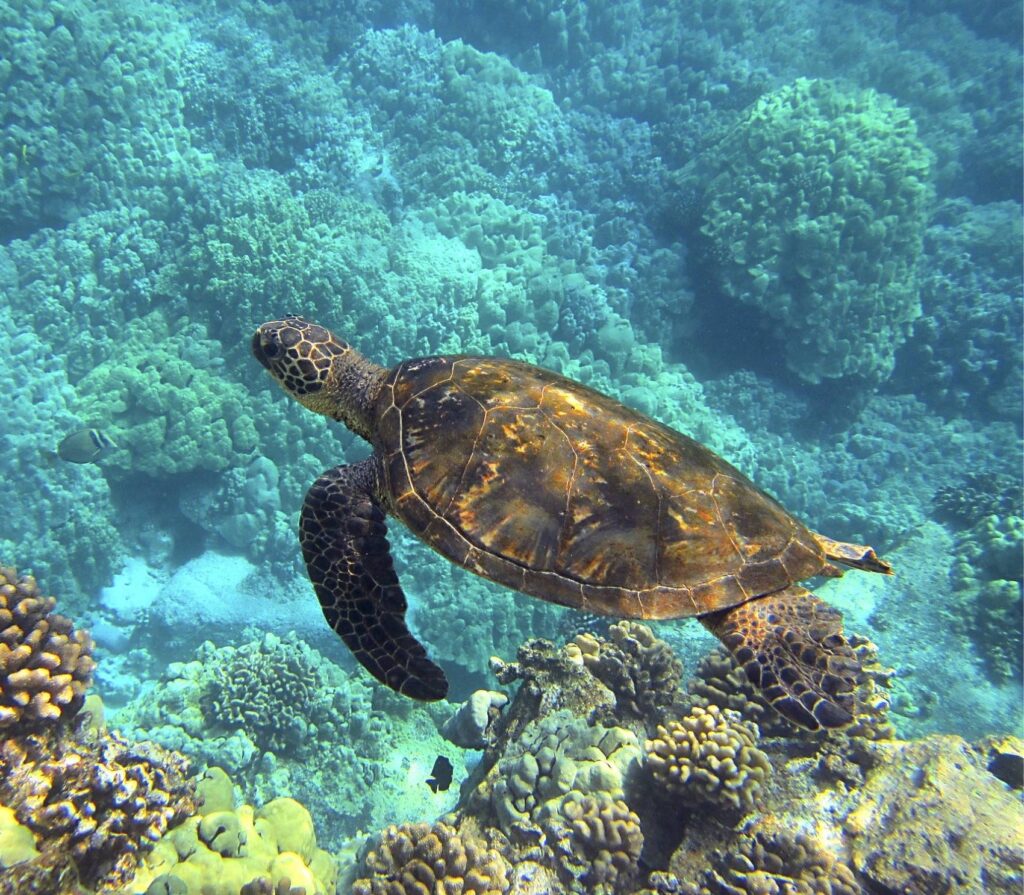
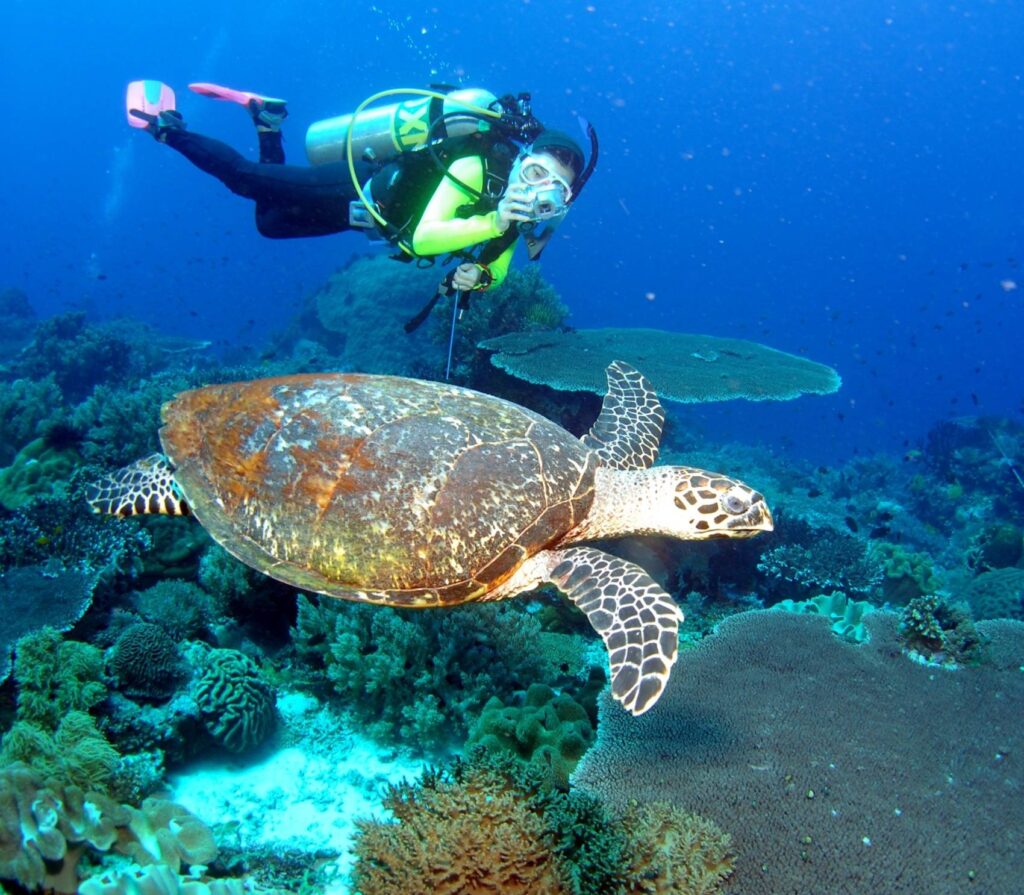
Ideal for divers of all levels looking for consistent conditions
Gili Air is a gem northwest of Lombok’s mainland. It boasts sugar-white beaches and some of Indonesia’s most accessible marine wonders. This car-free island offers a mix of laidback charm and top-notch diving, making it ideal for underwater explorations.
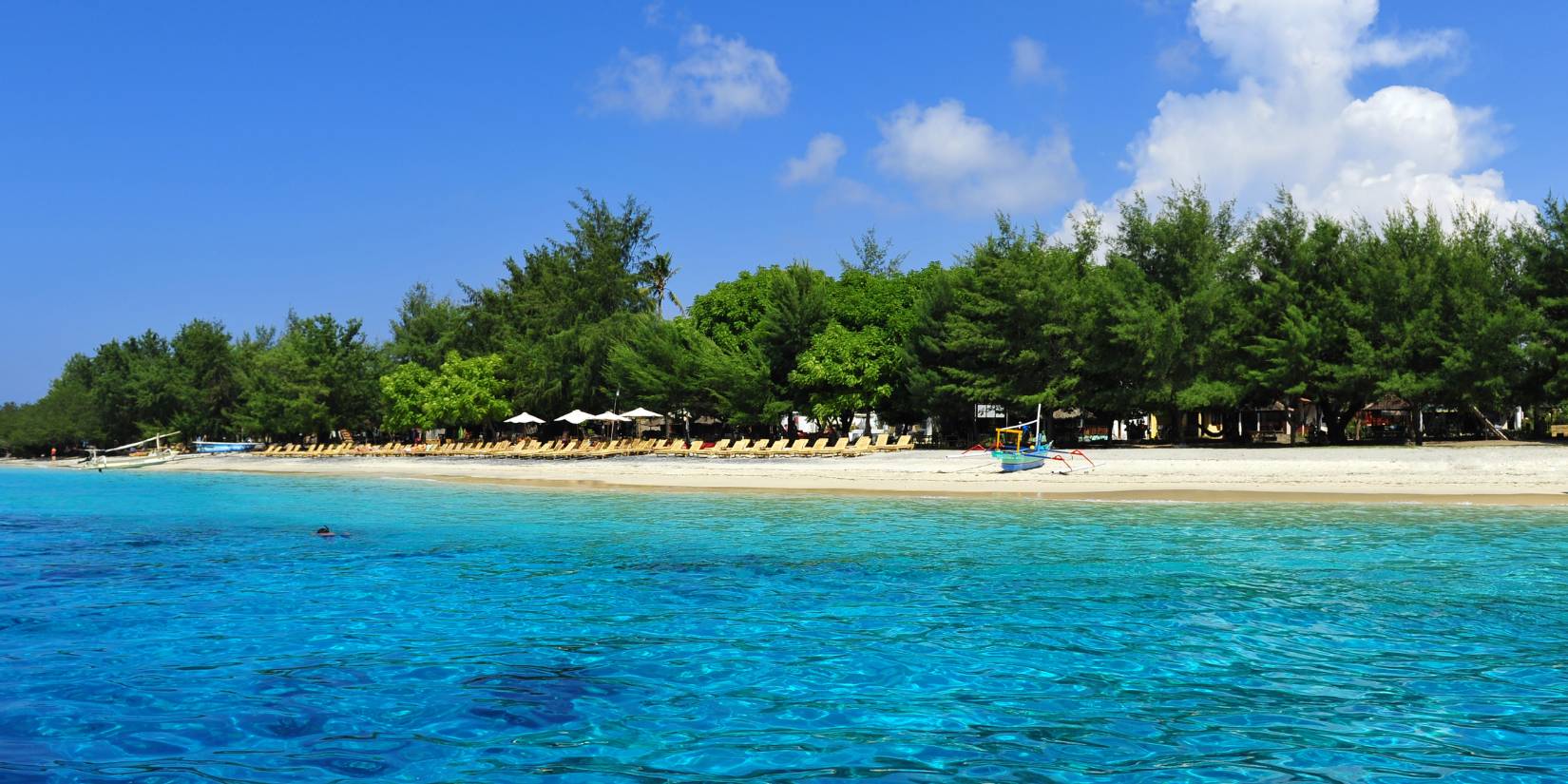
Turtle Paradise for All Skill Levels
Hans Reef, at 12–18 meters depth, features gentle slopes covered in table corals and year-round green turtles, perfect for underwater photography. Nutrient-rich currents draw shimmering schools of fusiliers, while night dives reveal glowing red Spanish dancers the size of dinner plates. With a 95% turtle encounter rate, a quick 15-minute boat ride, and artificial reef growth from the nearby Bounty Wreck, it’s a highlight among Lombok’s dive sites.
- Depth Range: 5-18m
- Visibility: 15-30m
- Currents: Mild to moderate
- Marine Highlights: Green turtles, midnight snappers, nudibranchs
After diving, unwind on Gili Air’s northeast beaches with a fresh kelapa muda. For the most stunning views, dive during golden hour when sunlight turns the coral into glowing amber.
Types of dives:
- Reef
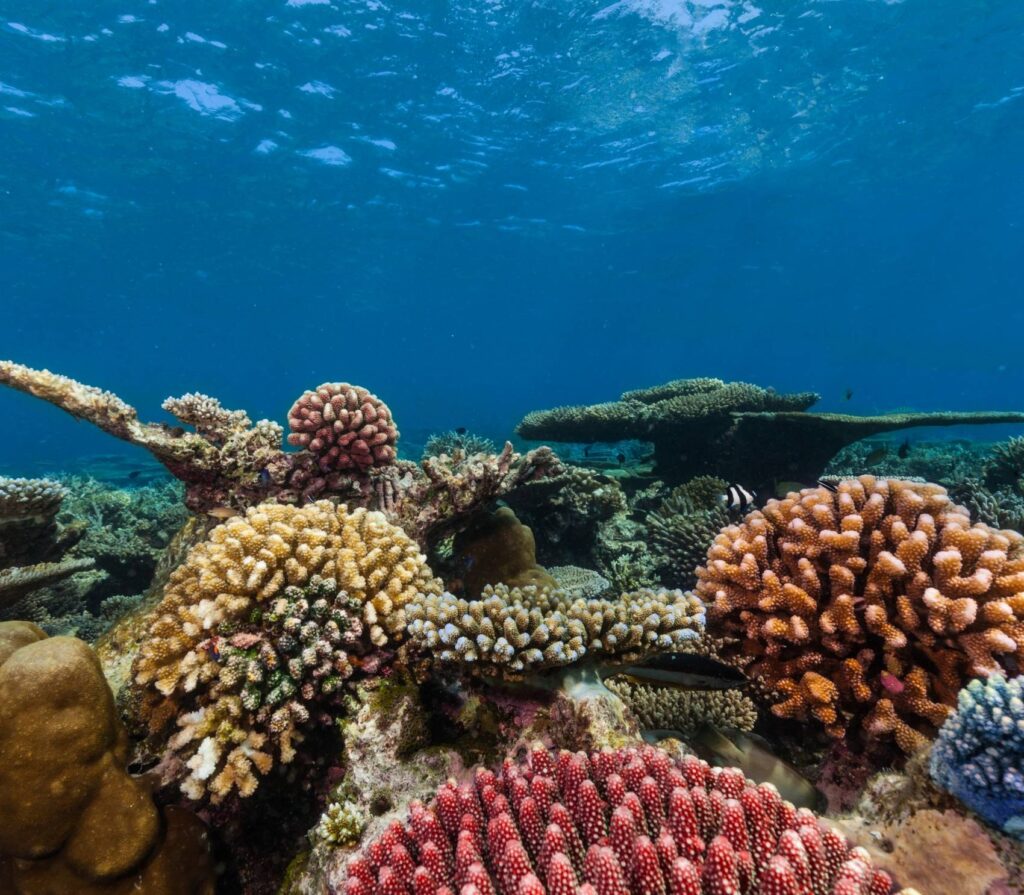
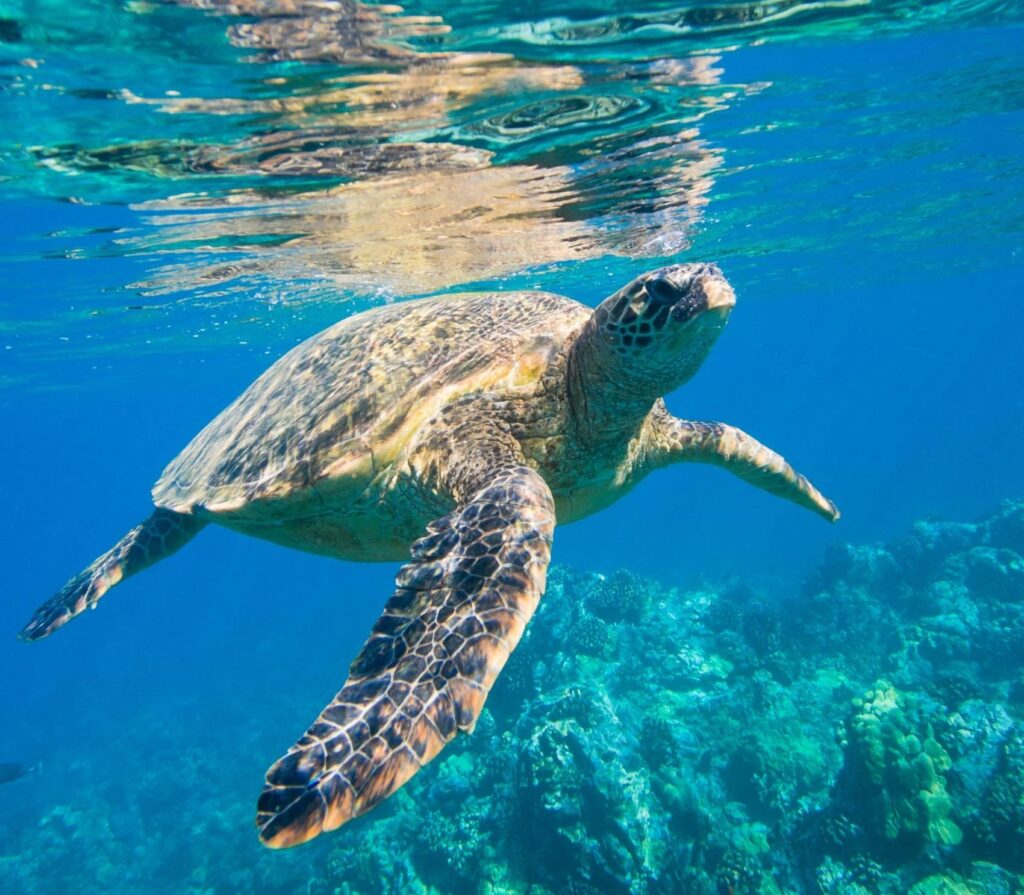

Balanced mix of natural and man-made dive attractions
East Lombok’s rugged coastline is home to a secret paradise for underwater explorers. From October to April, the peak Lombok diving season, Tanjung Ringgit’s waters showcase nature’s finest marine shows. Here, two underwater worlds await, just a few fin kicks apart.
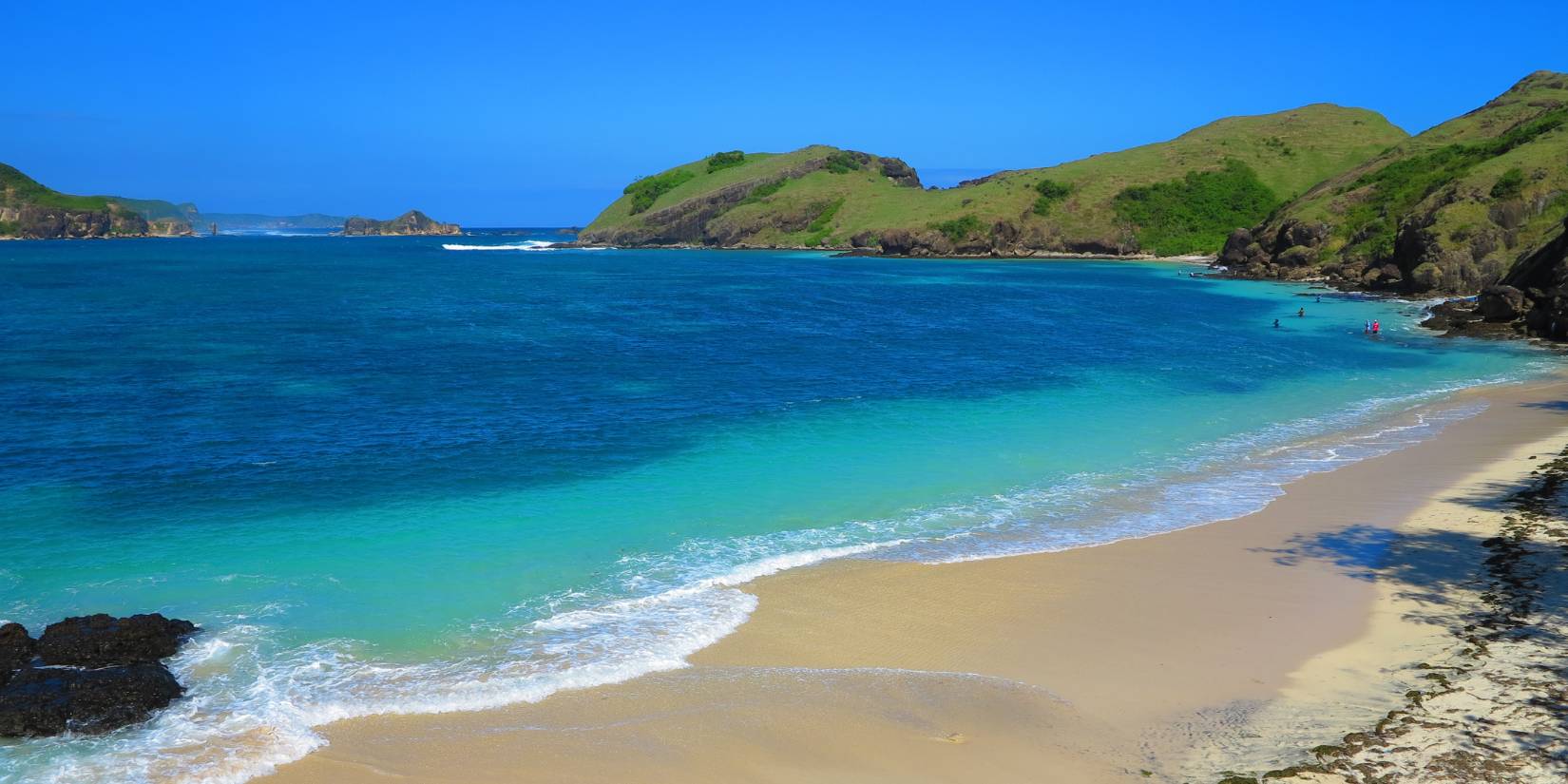
Sand Secrets & Sea Slugs
This muck diving paradise is full of life despite its sandy, volcanic bottom. Ghost pipefish drift by, and “leaf sheep” (Costasiella kuroshimae) graze on algae, earning it the local nickname “Shaun the Sheep Bay.” In the shallows, free divers can spot pygmy seahorses on feather stars, blue-ringed octopus in tide pools, and mandarin fish dancing at dusk.
Types of dives:
- Reef
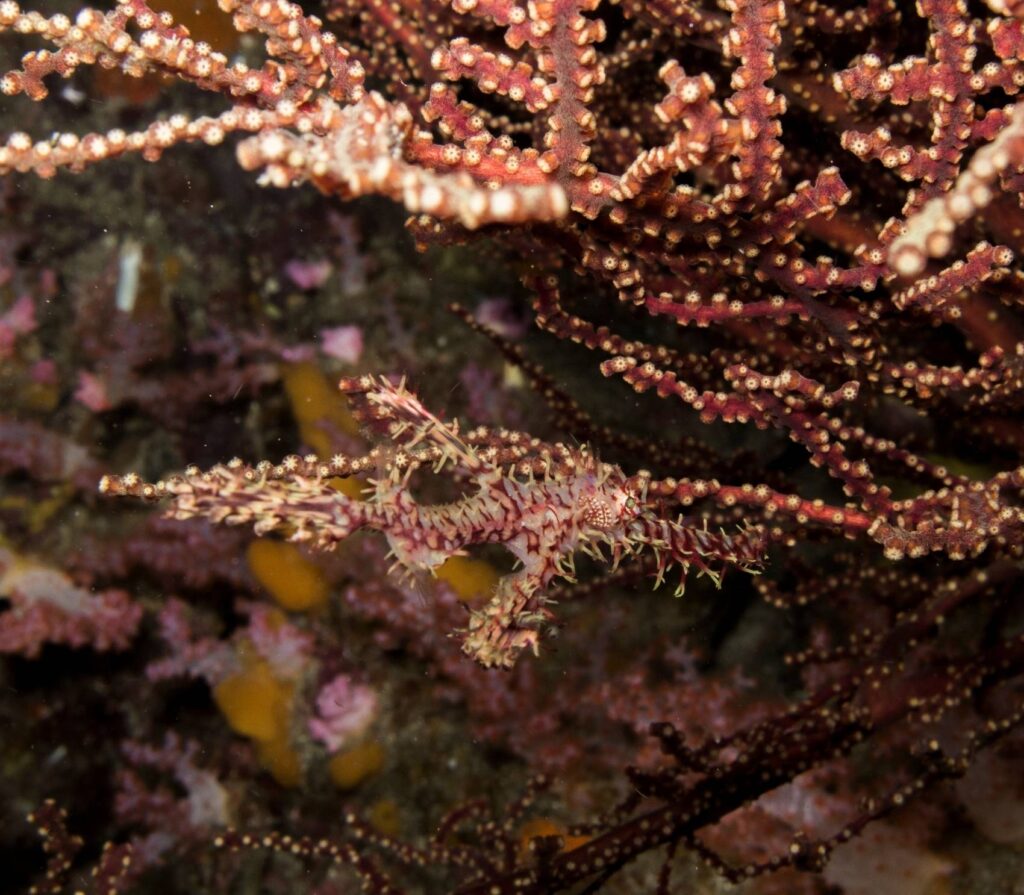
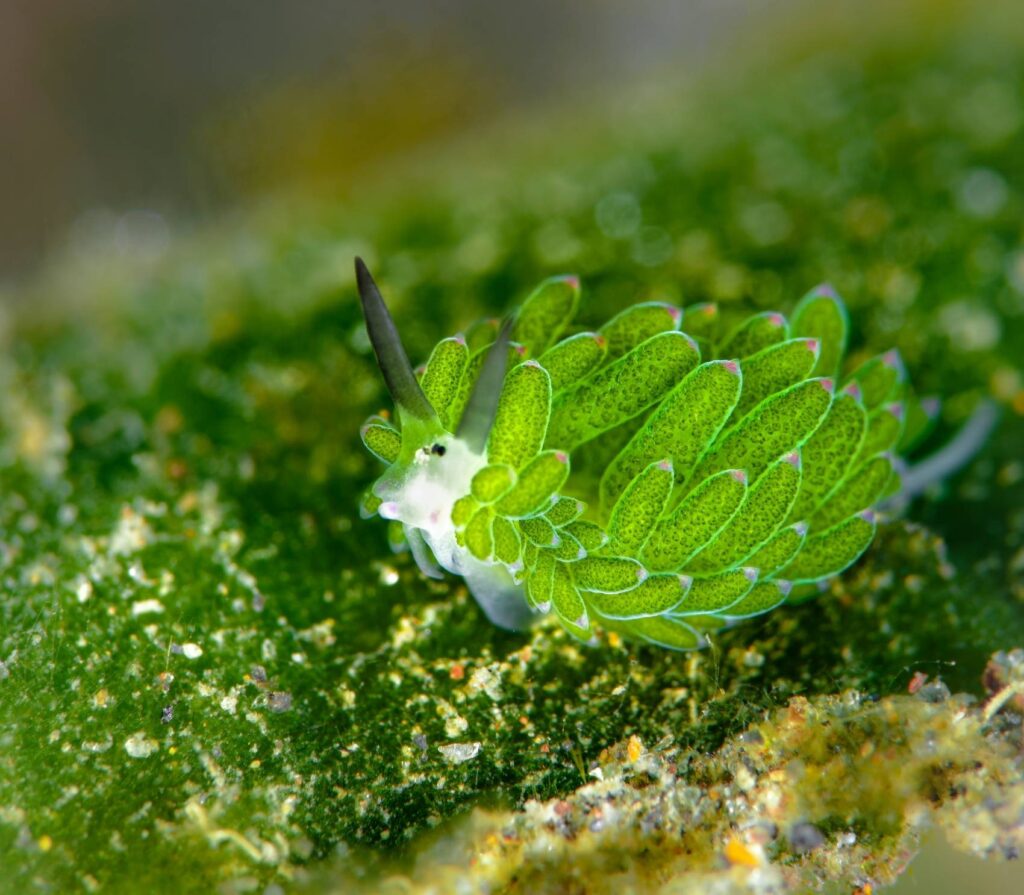

Dive Site
Just 200 meters offshore, the seabed drops into a maze of boulders where whitetip reef sharks, bumphead parrotfish, and eagle rays roam. With deep vertical walls, sunlit swim-throughs, and seasonal thresher shark sightings from November to January, it’s a standout spot. Visit in April–May to catch flamboyant cuttlefish flashing colors near the surface.
Types of dives:
- Reef
- Drift
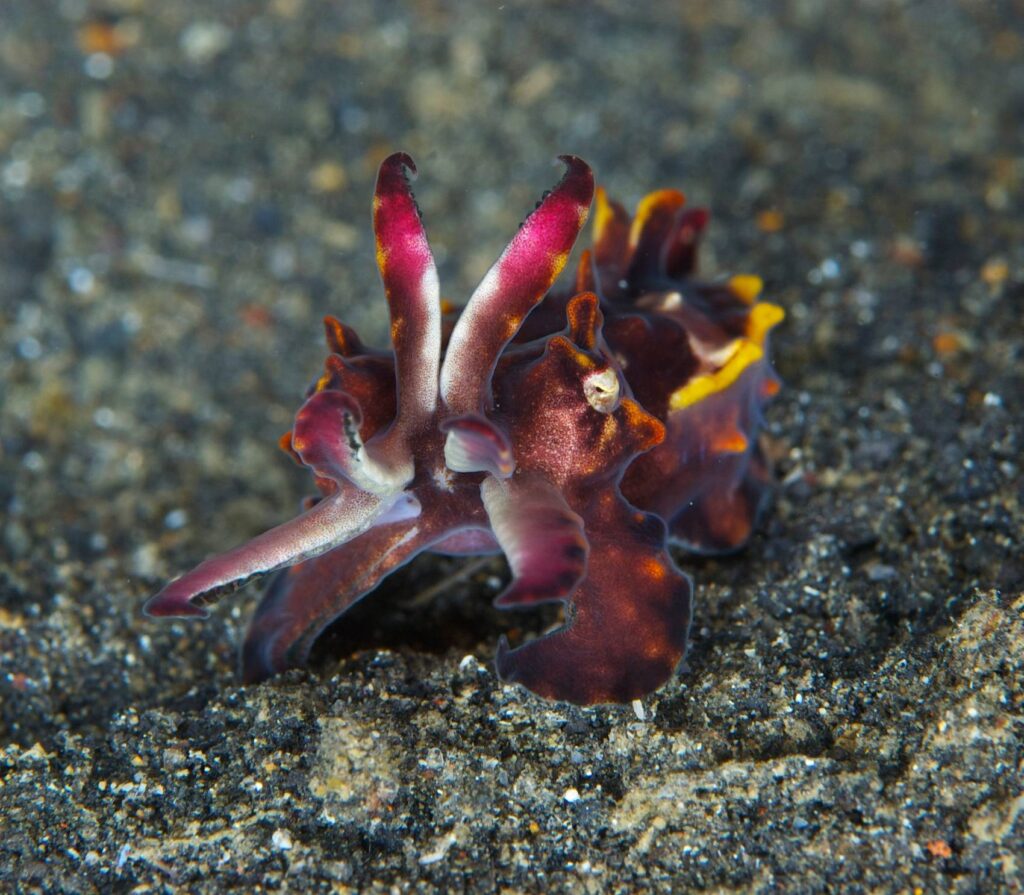
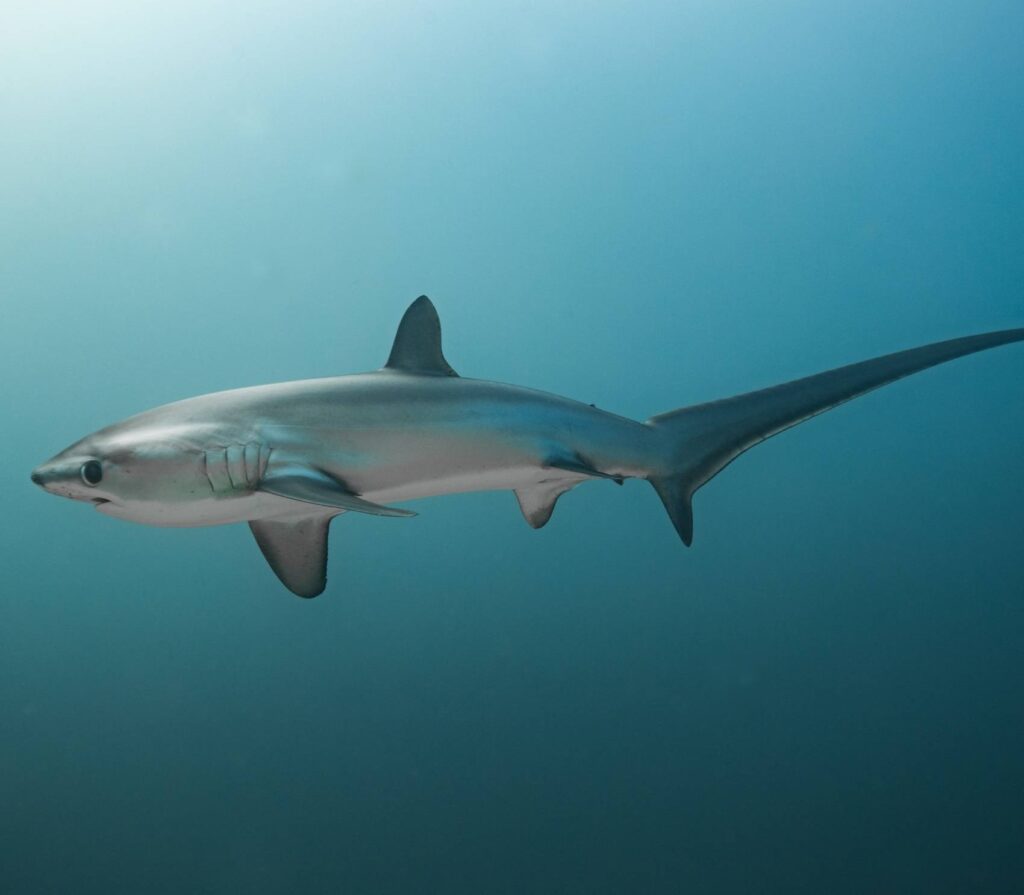
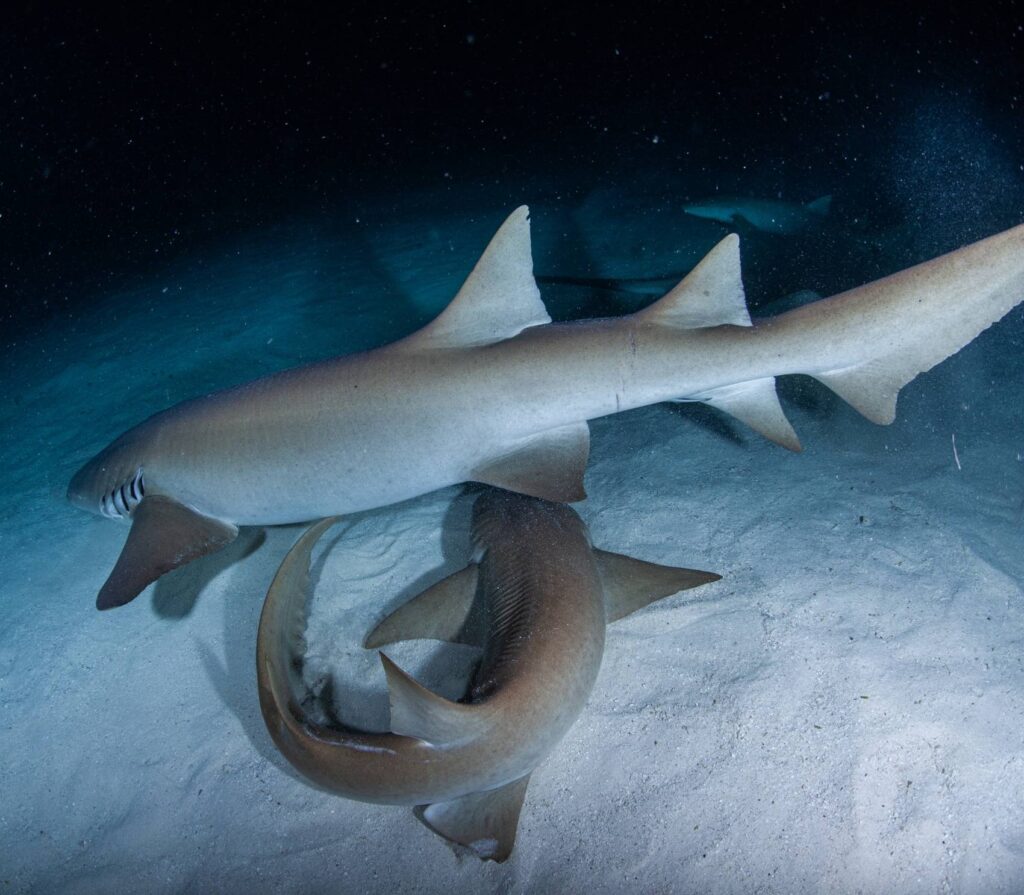
Lombok’s signature pink beach with colorful marine life
Dive into a rosy realm where Lombok’s coastline reveals its most chromatic secret beneath the waves. Unlike typical tropical beaches, Pink Beach earns its name from millions of coral fragments. These fragments tint the seabed with soft blush tones. This natural watercolor effect creates an ethereal backdrop for some of Indonesia’s most distinctive dive sites.

A Living Kaleidoscope
The main attraction here isn’t just the beach’s color, it’s the thriving coral gardens 15-30m below. Schools of fusiliers dart through table corals shaped like giant lily pads. Blacktip reef sharks patrol the outer edges. Night dives reveal a transformed world where Spanish dancers glide across the pink-tinged sand.
Scalloped Hammerheads
- Season: June-September
- Depth Range: 30-40m
Giant Trevally
- Season: Year-round
- Depth Range: 15-30m
Manta Rays
- Season:April-November
- Depth Range: 10-25m
Types of dives:
- Reef
- Drift
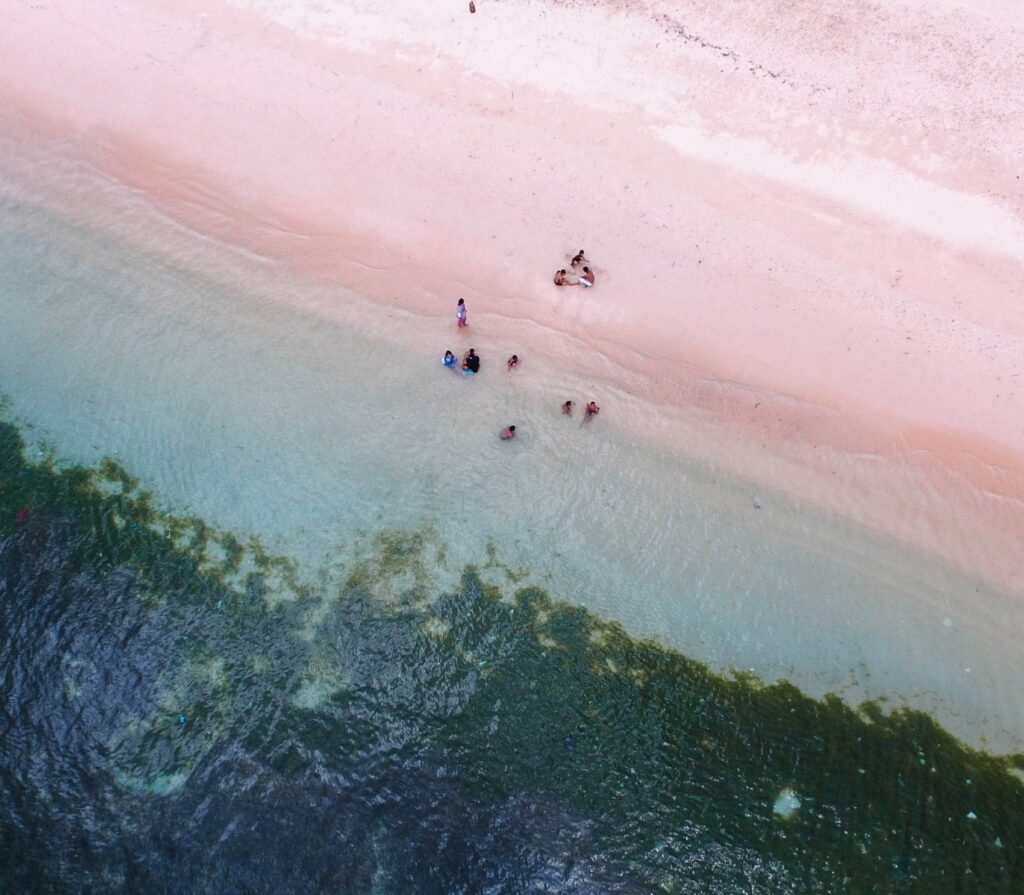
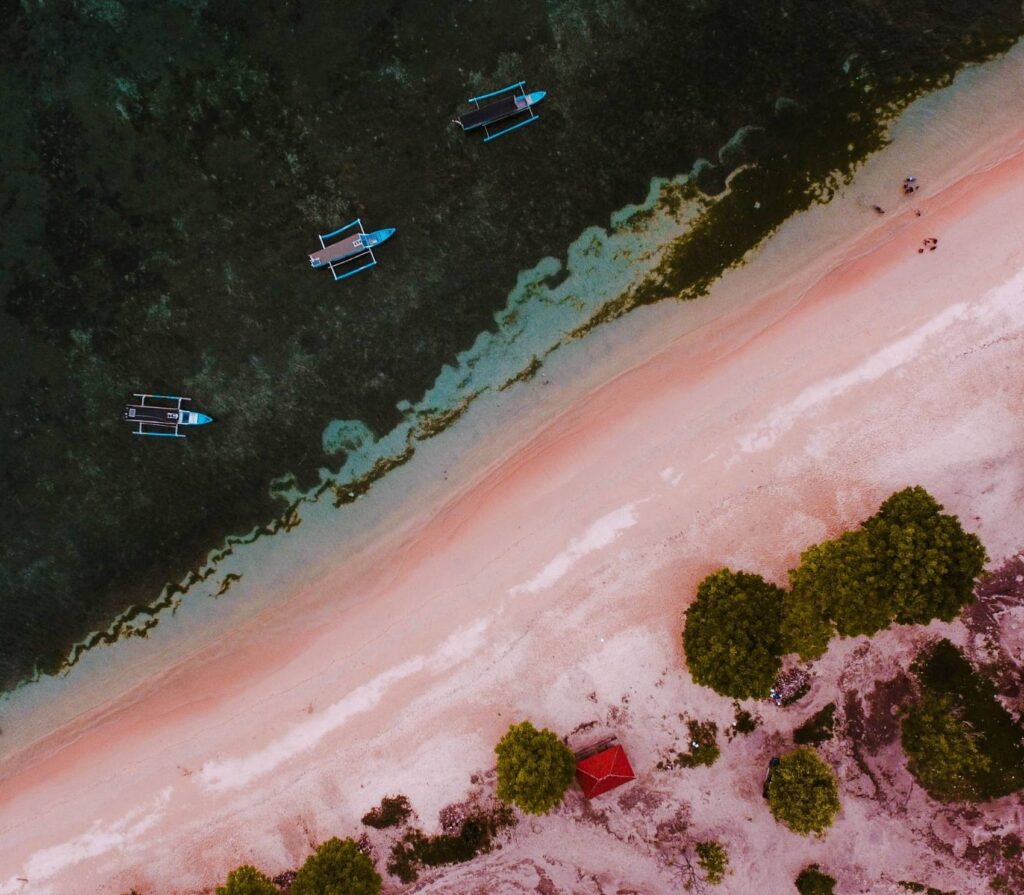

A hidden dive haven for those seeking quiet exploration
Lombok’s underwater world is amazing, but the real treasures are just beyond its shores. Head east to Sumbawa’s untouched reefs, where vibrant life thrives without the crowds. These hidden spots offer rare sea inhabitant encounters, leaving even experienced divers amazed.

Dive Sites in East Sumbawa
East Sumbawa’s Lawang and Sulat reefs show what pristine coral ecosystems truly are. Imagine swimming through formations where Chromodoris nudibranchs light up the rocks. Here, currents bring schooling hammerheads, offering a rare sight in Indonesia’s less trafficked waters.
East Sumbawa dives stand out for
- Vertical walls plunging 40m+ with rare black coral forests
- Seasonal oceanic mantas (August-October)
- Night dives with fluorescent coral polyps under UV light
Secret Dive Sites in West Sumbawa
West Sumbawa shines with macro marvels. At Gili Rengit, pygmy seahorses smaller than your thumbnail cling to sea fans. When the dusk comes, Gili Layar turns into an octopus playground, with mimic octopuses changing colors and textures like liquid art.
What makes these sites special:
East Sumbawa
- Marine Focus: Pelagic Species
- Depth Range: 15-40m
- Unique Sightings: Hammerhead schools
West Sumbawa
- Marine Focus:Macro life
- Depth Range: 5-25m
- Unique Sightings: Bioluminescent plankton
Pro tip: Use a red-light filter for your camera in West Sumbawa’s twilight dives. Most operators suggest 3mm wetsuits all year, as thermoclines can surprise even in tropical waters.
FAQ

What makes Lombok’s dive sites unique compared to neighboring islands?
Lombok has volcanic landscapes and rich coral reefs. You can see turtles in the Gili Islands and hammerheads in Belongas Bay. Seahorse Bay is home to unique sea creatures like the “Shaun the Sheep” nudibranch. The warm waters (26–30°C March–November) add to the charm, along with the chance to experience Sasak culture.
When is the best time for scuba diving in Lombok?
The best time to dive in Lombok is from March to November. The dry season (June–September) offers the clearest waters (20–30m). This is also when hammerheads migrate to Belongas Bay, making it perfect for diving and PADI courses.
Are there snorkeling opportunities near Lombok’s dive sites?
Yes, there are great snorkeling spots near Lombok’s dive sites. The Gili Islands have shallow reefs that are perfect for snorkeling. You can see colorful fish and even sharks.
What distinguishes East vs. West Sumbawa’s dive sites?
East Sumbawa has vast coral reefs near Lawang and Sulat. These are part of the Coral Triangle’s least-explored areas. West Sumbawa is known for macro diving, with sites like Gili Rengit and Gili Layar. These offer a chance to see pygmy seahorses and octopus at night, and even bioluminescence.
How do I access Sumbawa’s remote dive sites?
Liveaboards from Lombok or Mocean Resort offer access to Sumbawa’s remote sites. We take you to places like Gili Gede and Magnet Point. These trips include stops at key dive spots.
Why choose Mocean Resort for diving in West Sumbawa?
Mocean Resort offers SSI-certified dives and luxury villas. It’s close to top dive sites. Marine biologists analyze your dive footage, and there are adventures like free diving and muck diving.
West Sumbawa
Start your Sumbawa diving journey at Mocean Resort, where luxury meets the sea. It’s just minutes from West Sumbawa’s secret reefs. This eco-friendly retreat gives you direct access to places like Magnet Point. From June to September, the best time to dive, you can see hammerhead sharks. SSI-certified guides will match your skill level. You can dive in Gili Gede’s coral tunnels or explore Gili Poh’s rich muck habitats.
After diving, relax in air-conditioned villas with views of the Flores Sea. Marine biologists will show you underwater footage from your dives. You can learn about reef conservation or spot rare sea creatures while enjoying Sasak coffee. For breaks, kayak through mangrove forests or go on a fishing trip with the Desa Seri villagers. Mocean makes getting there easy with transfers from Bali and Lombok. We even offer fast-boat rides from Padang Bai. The resort uses solar power and reef-safe sunscreen. Visit during the dry season (April–November) for the clearest views of Sumbawa’s underwater world.
